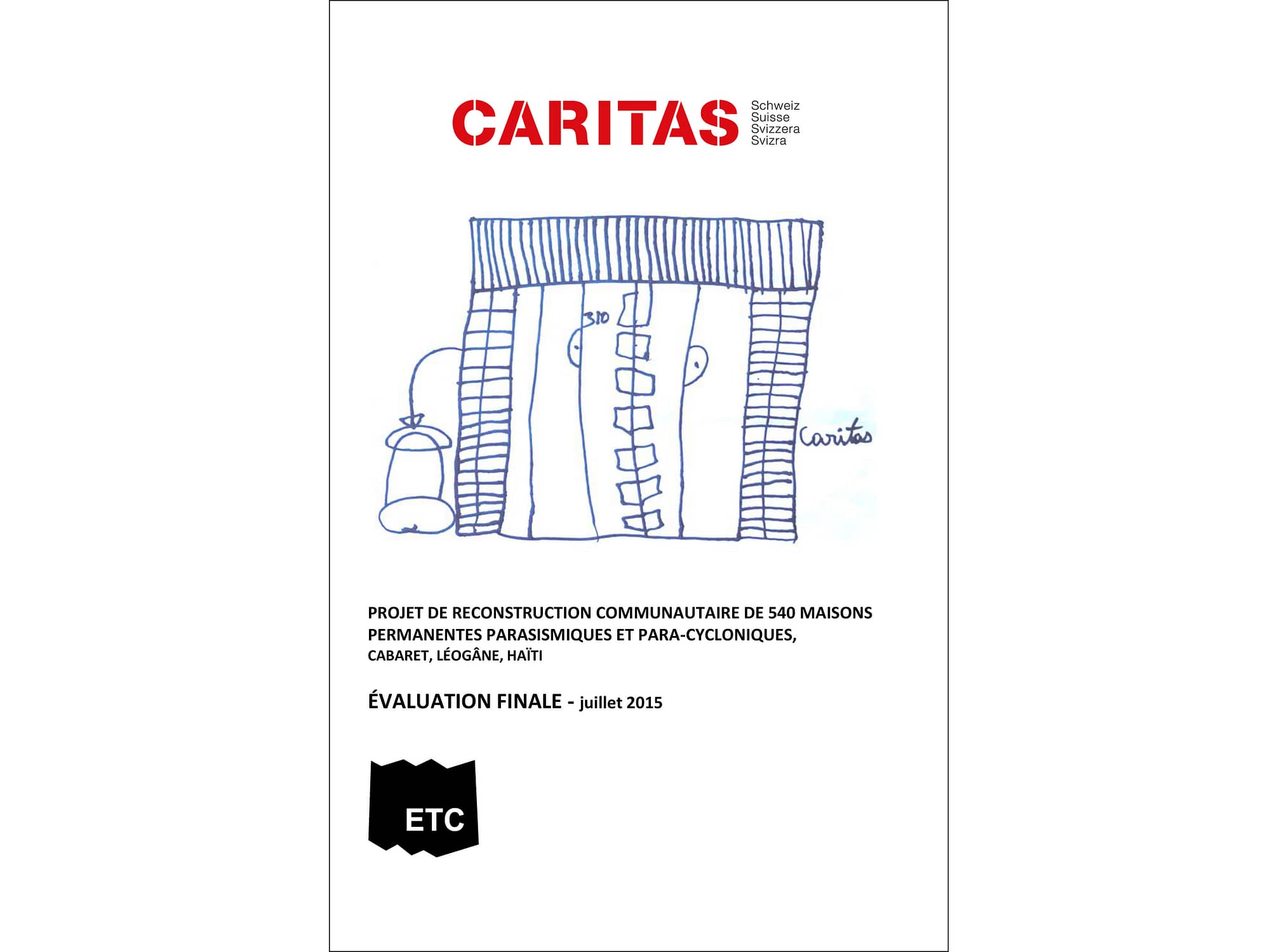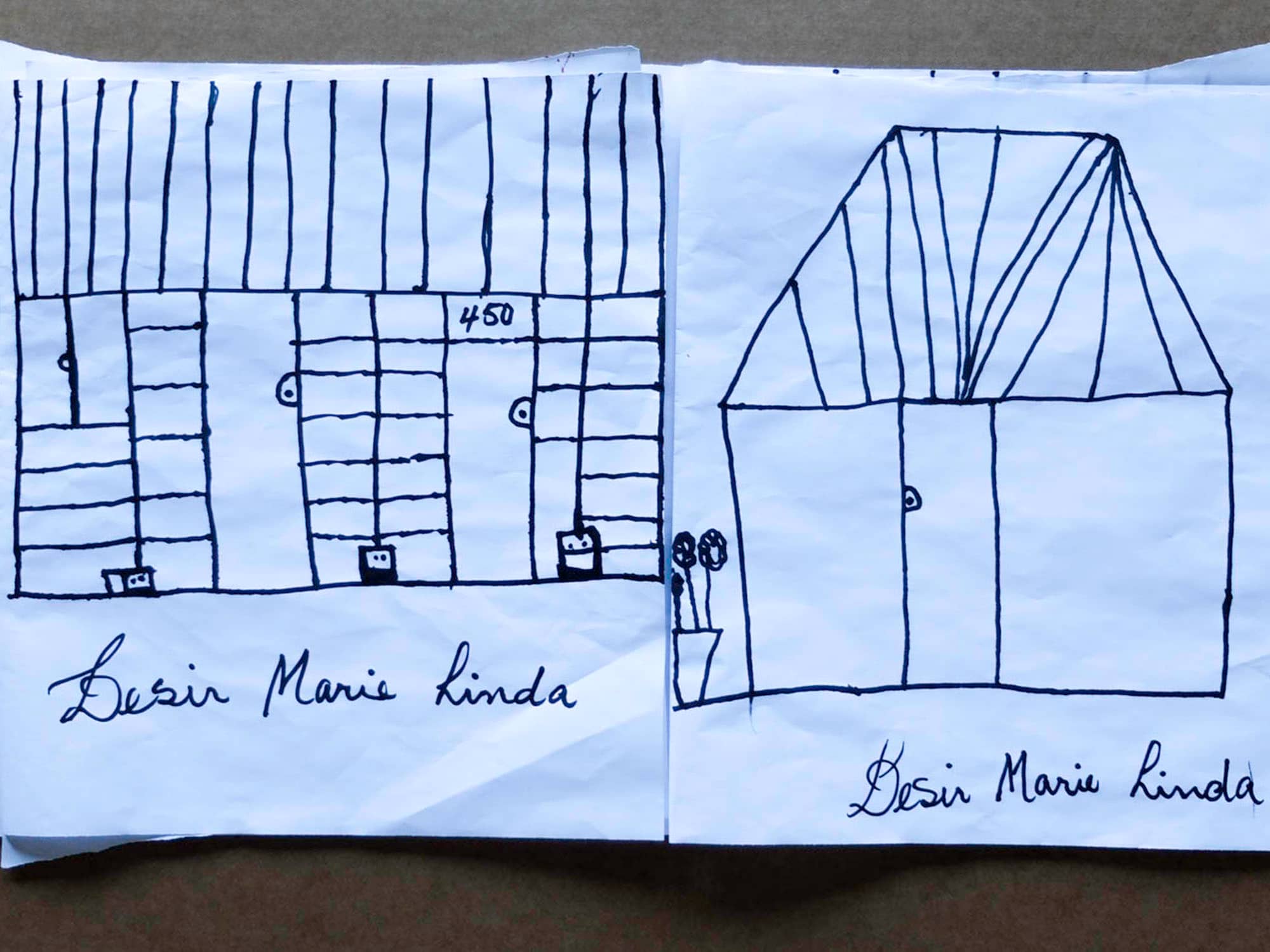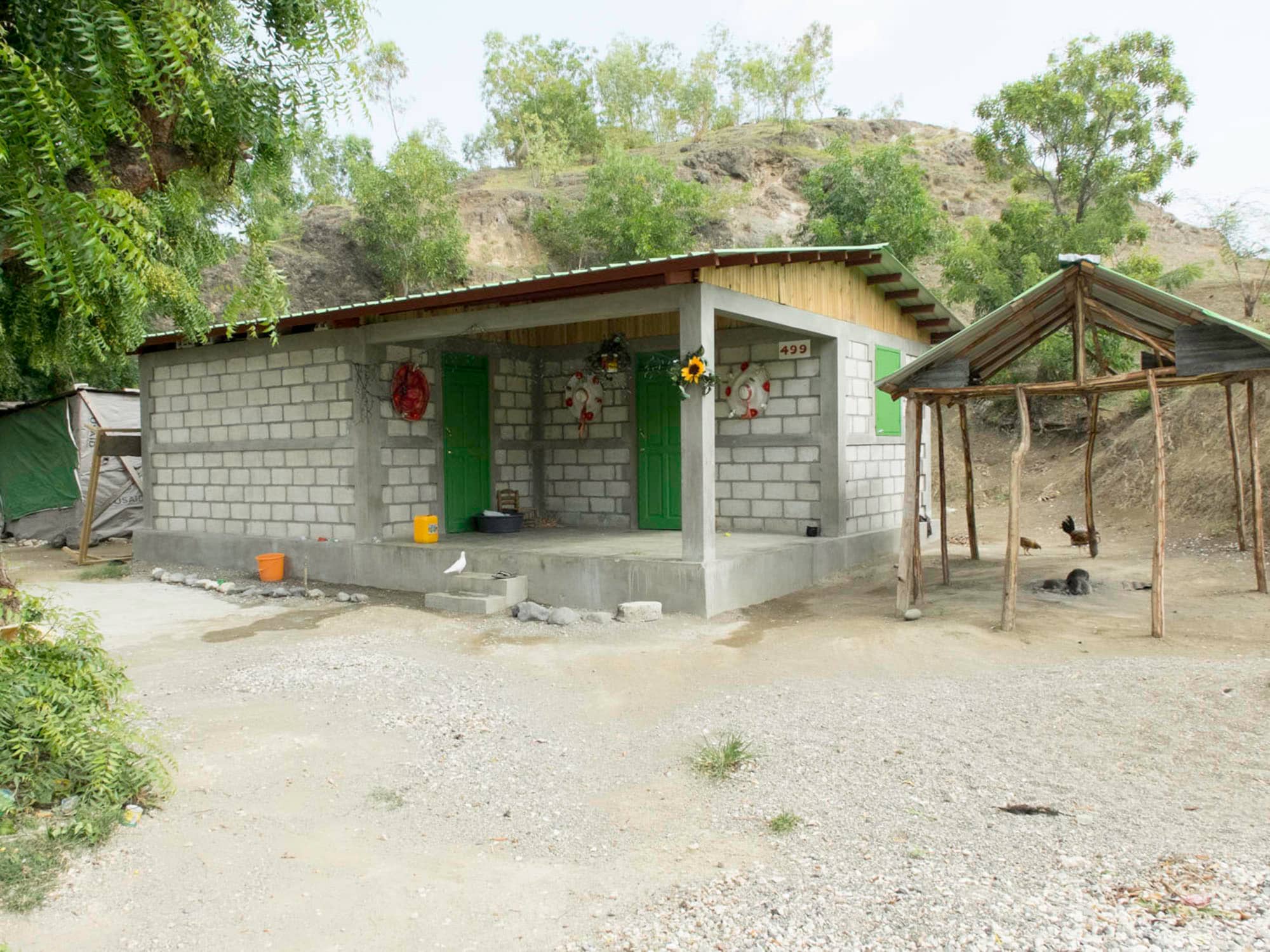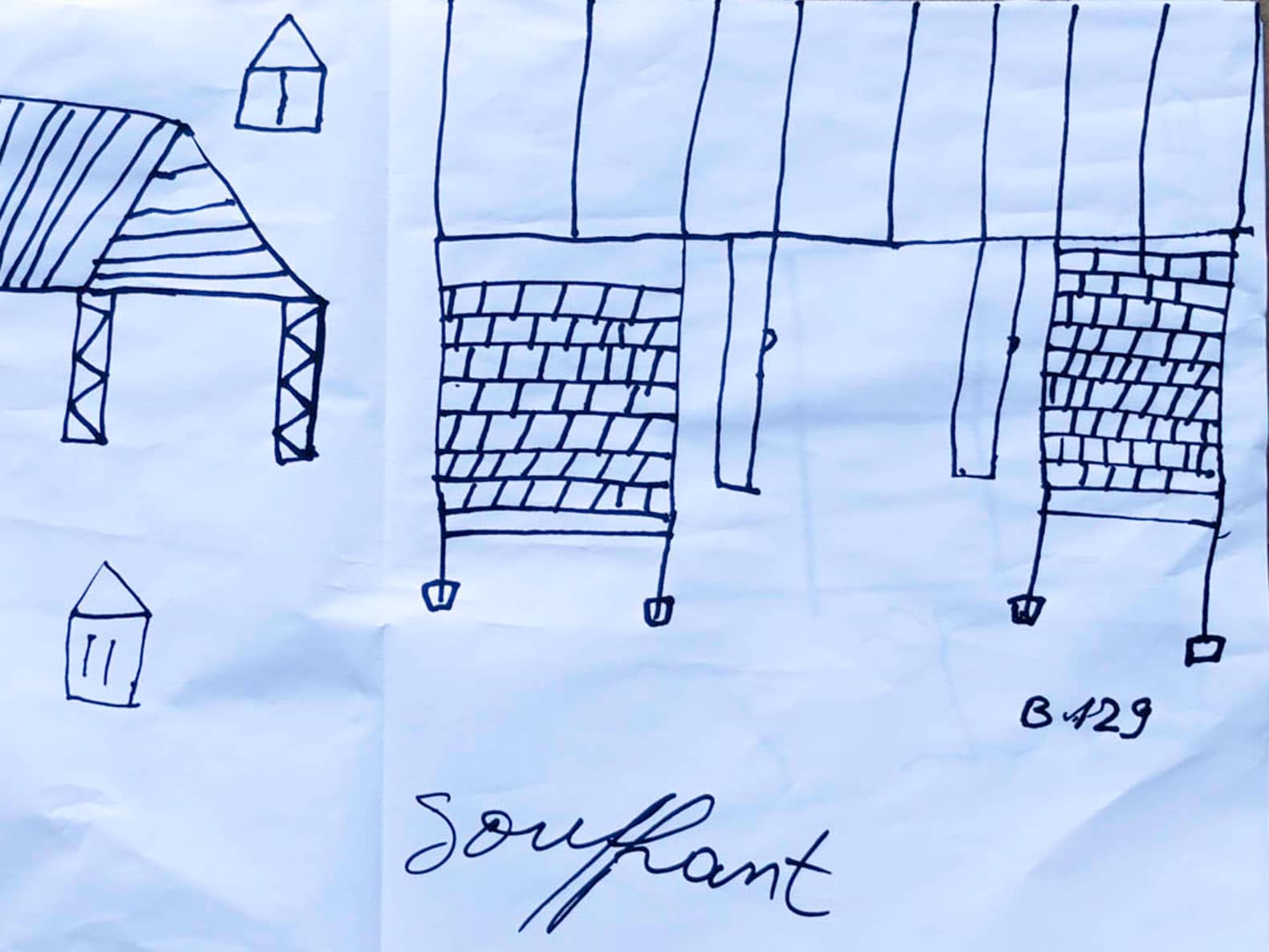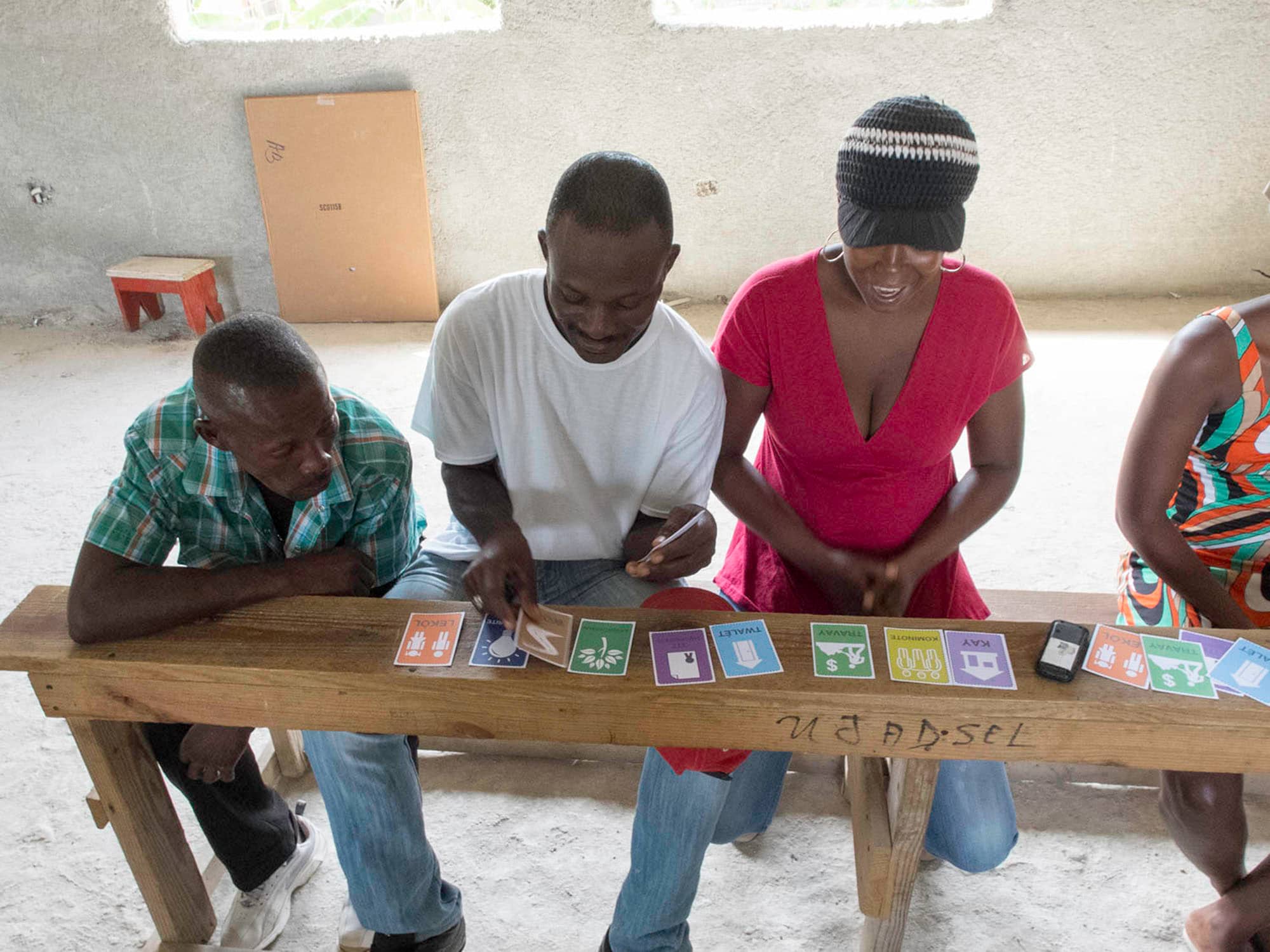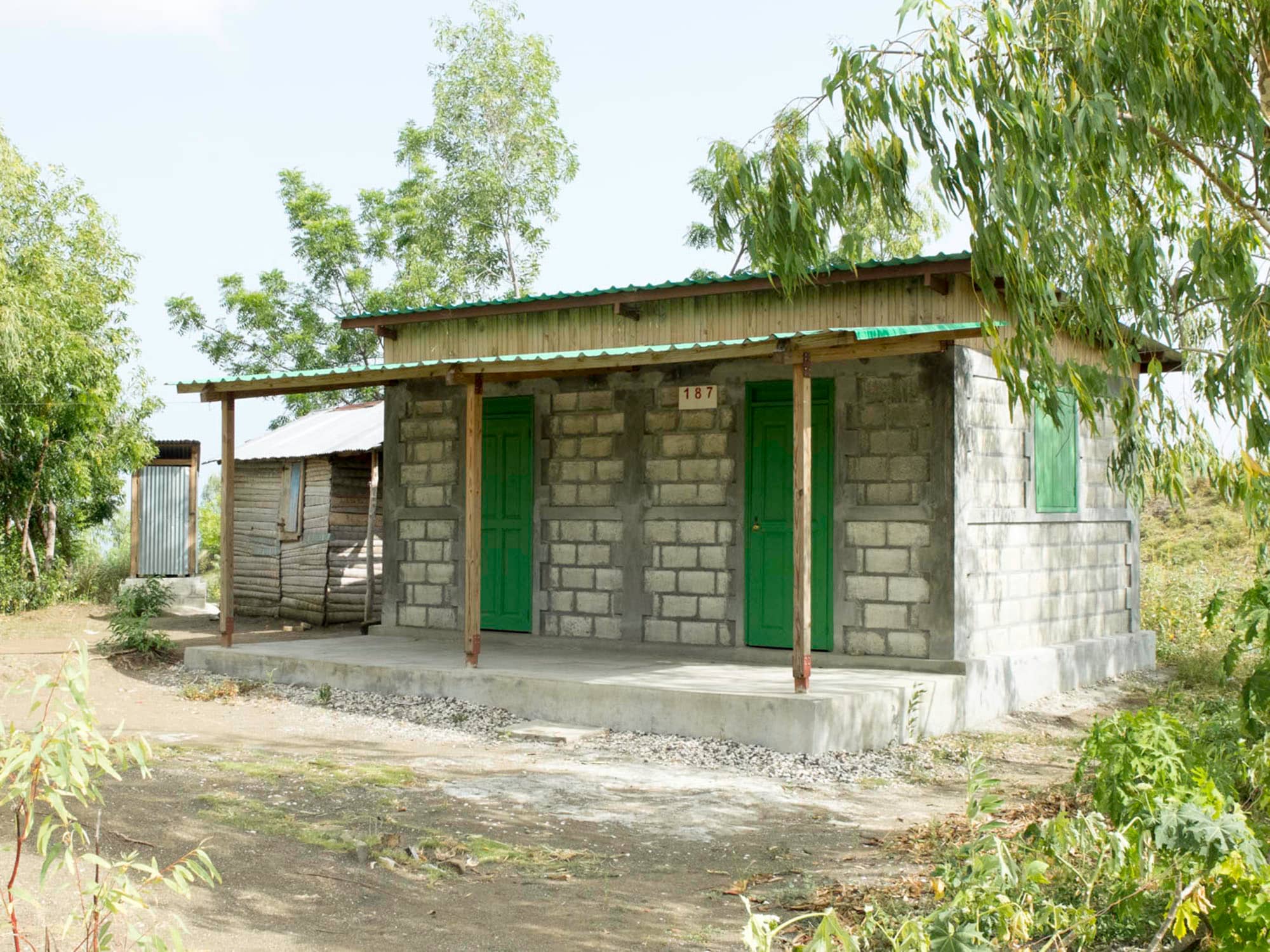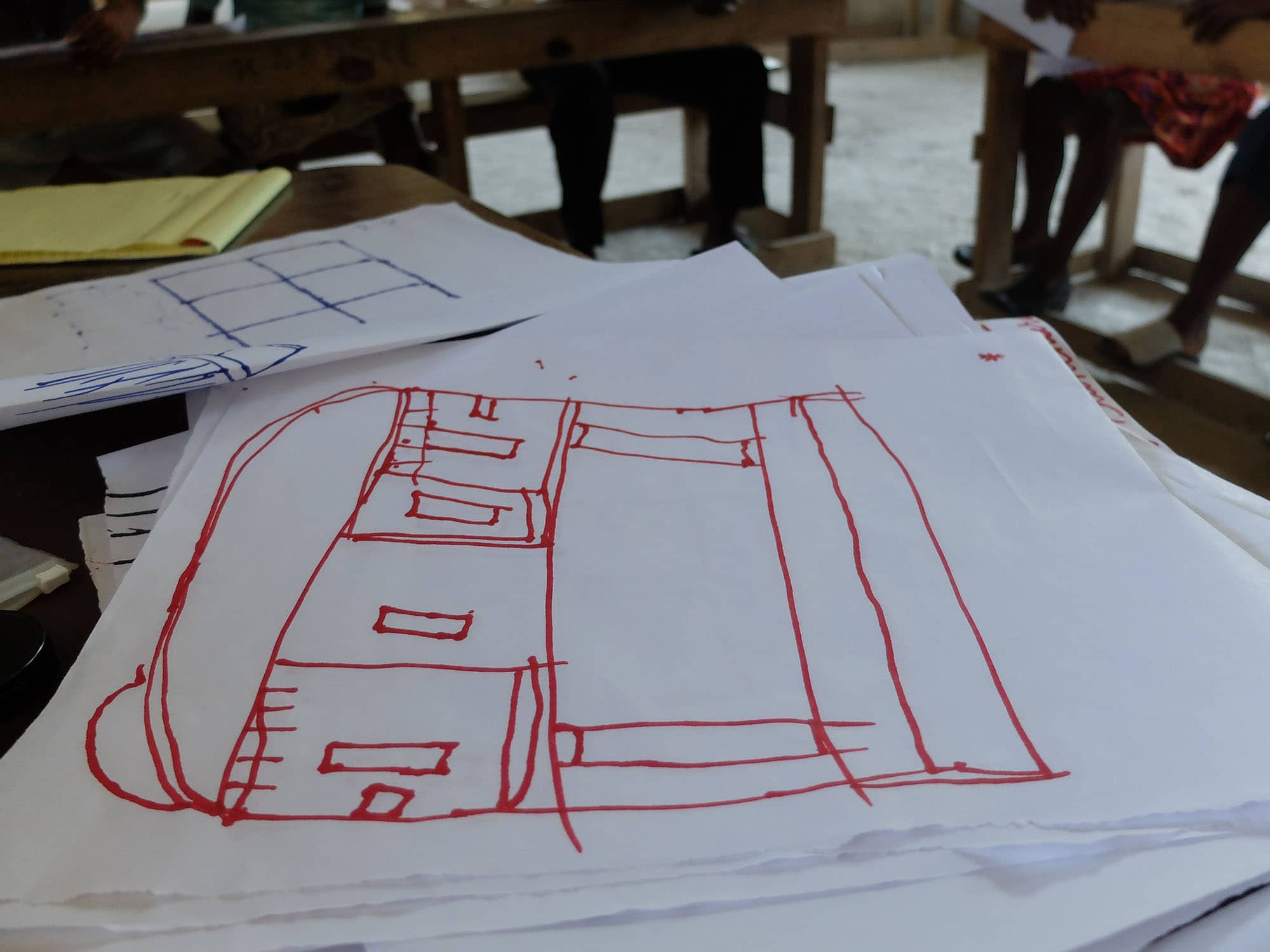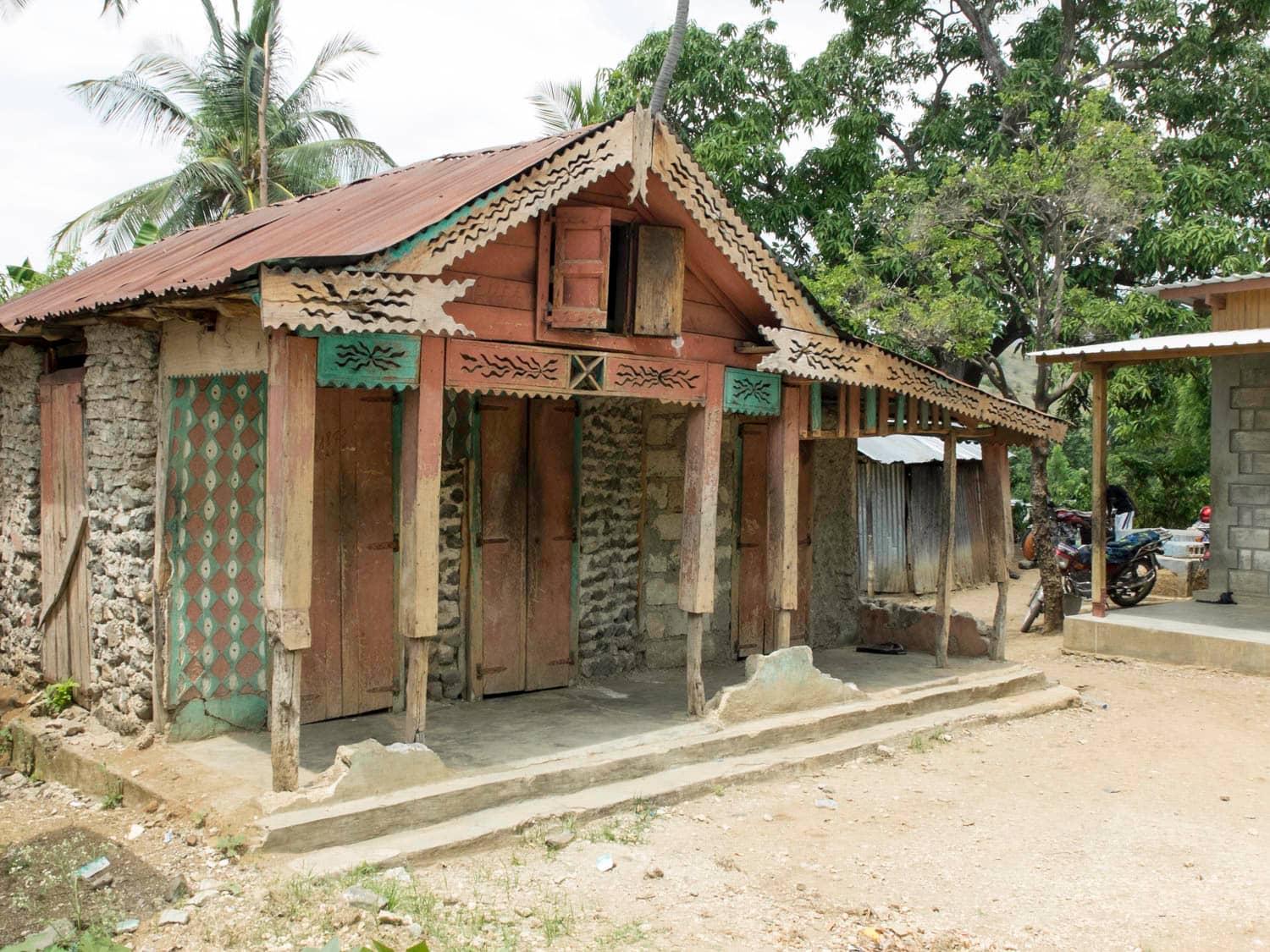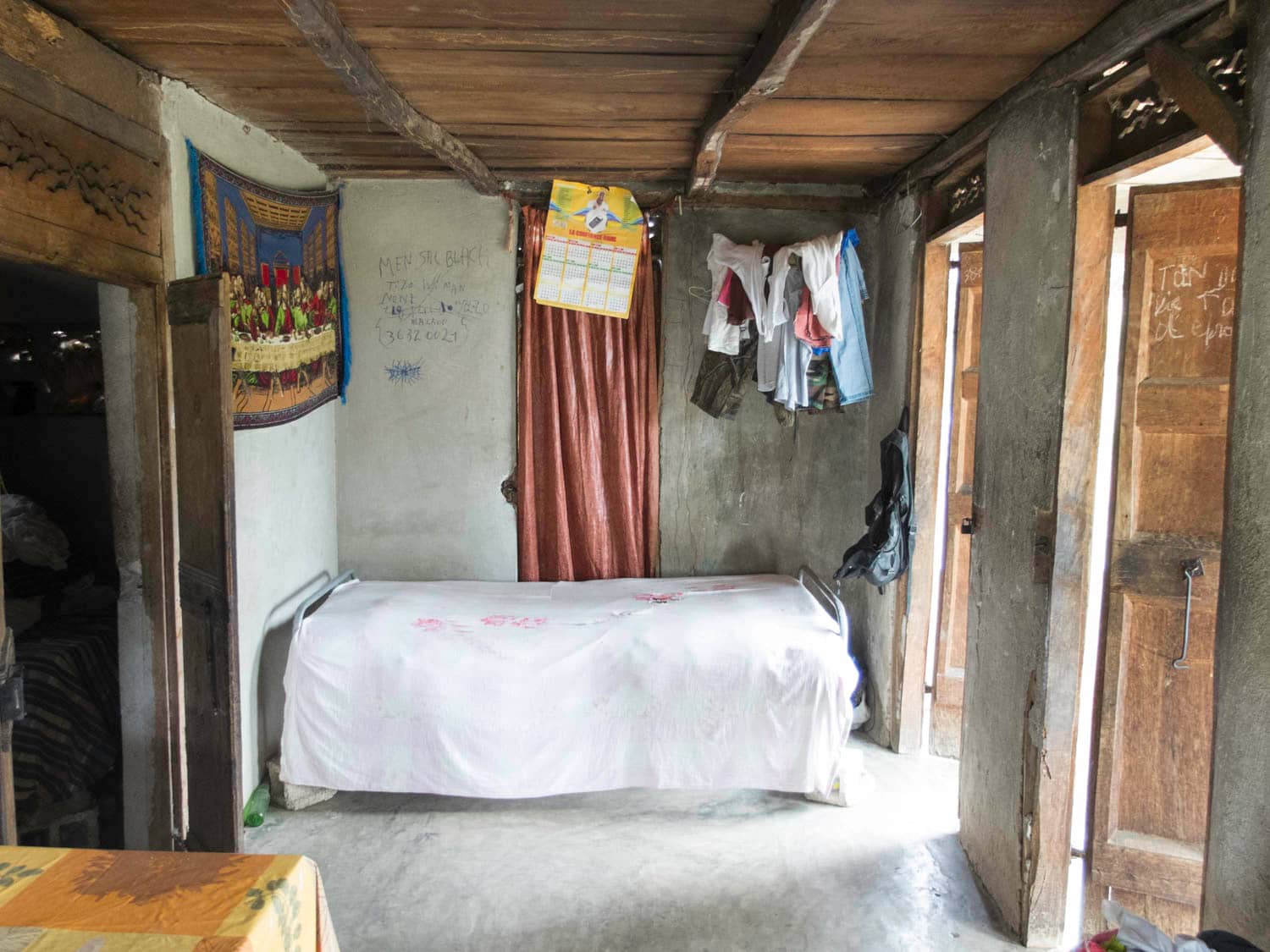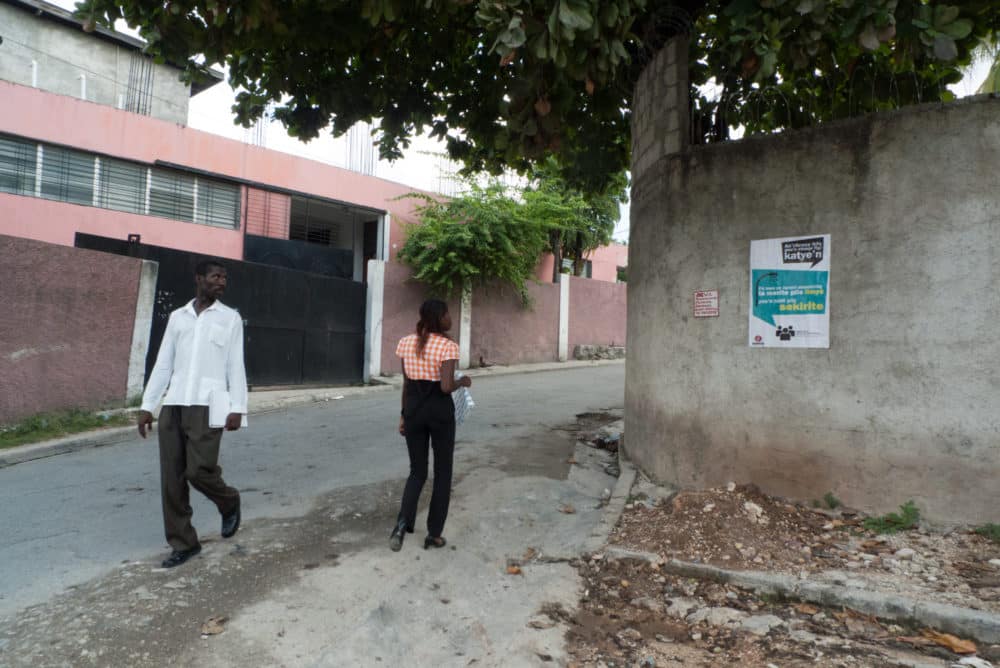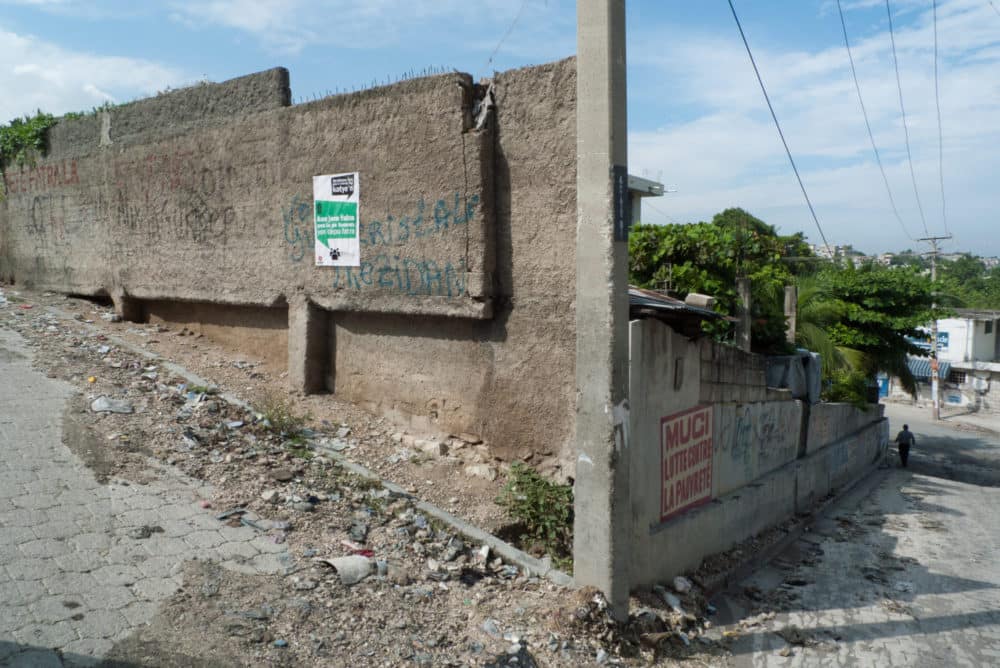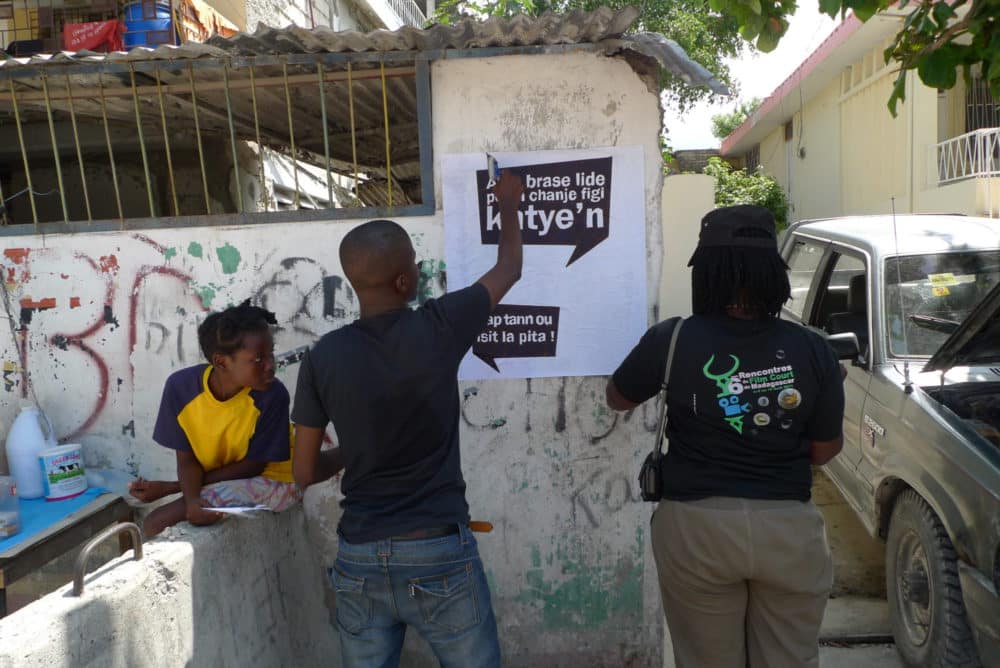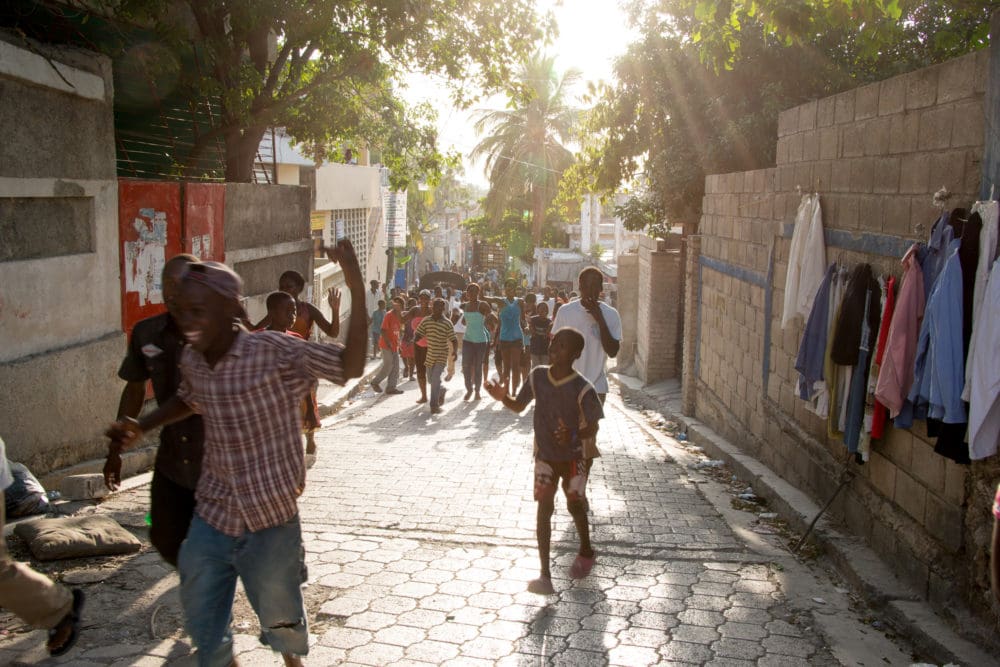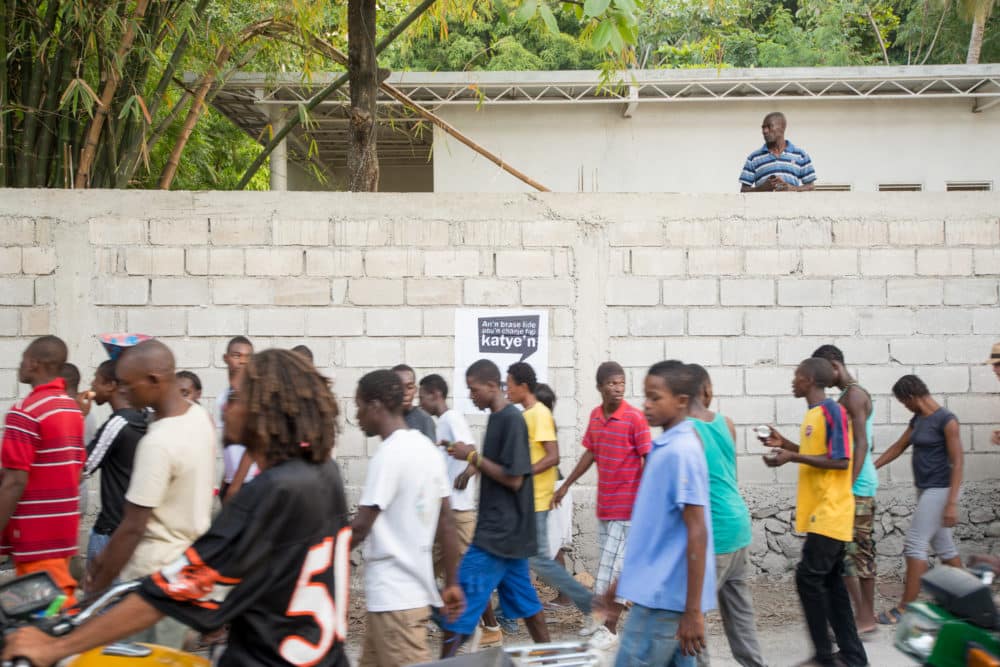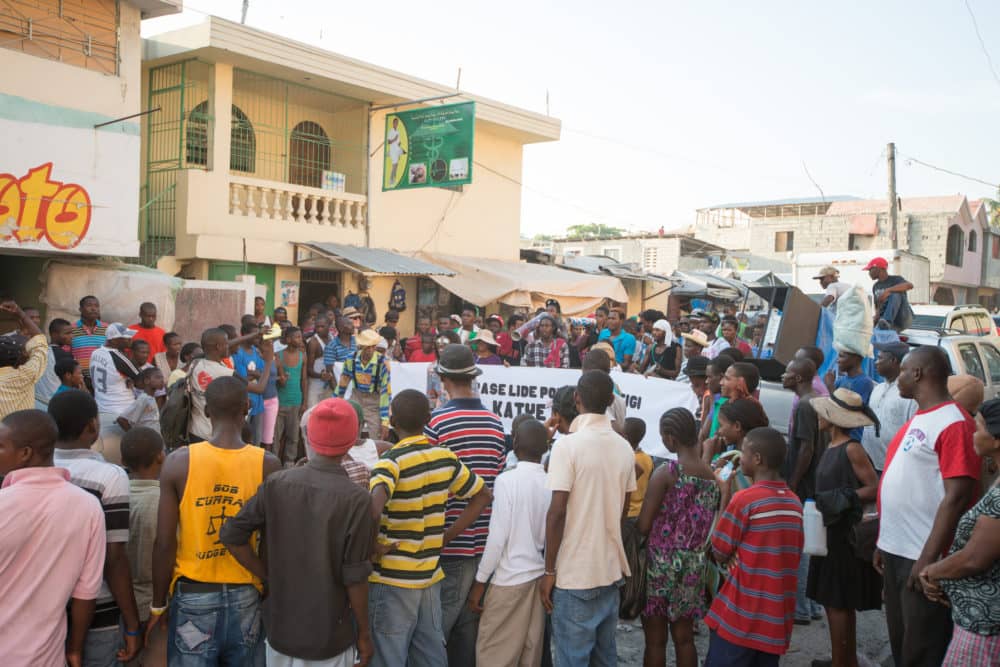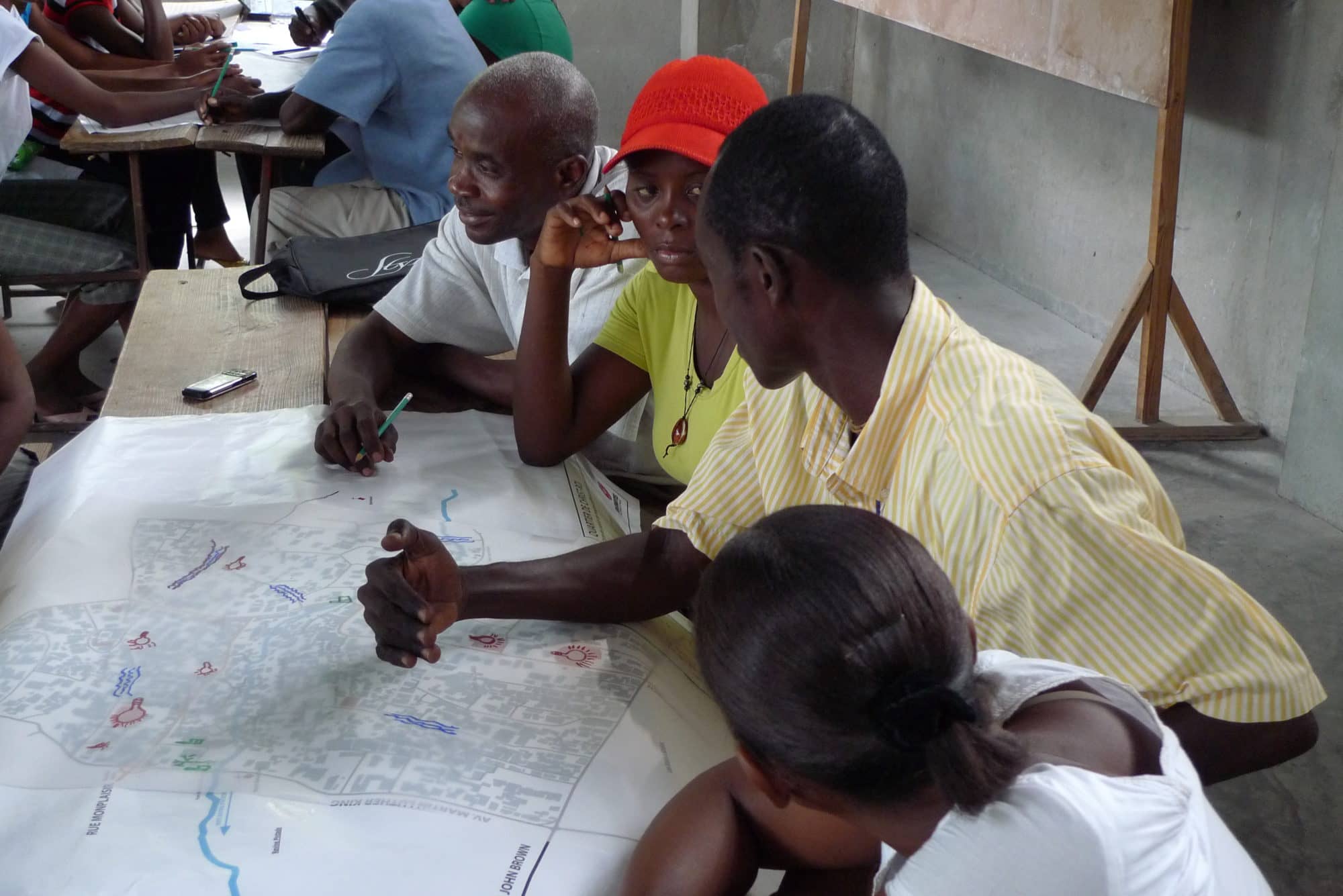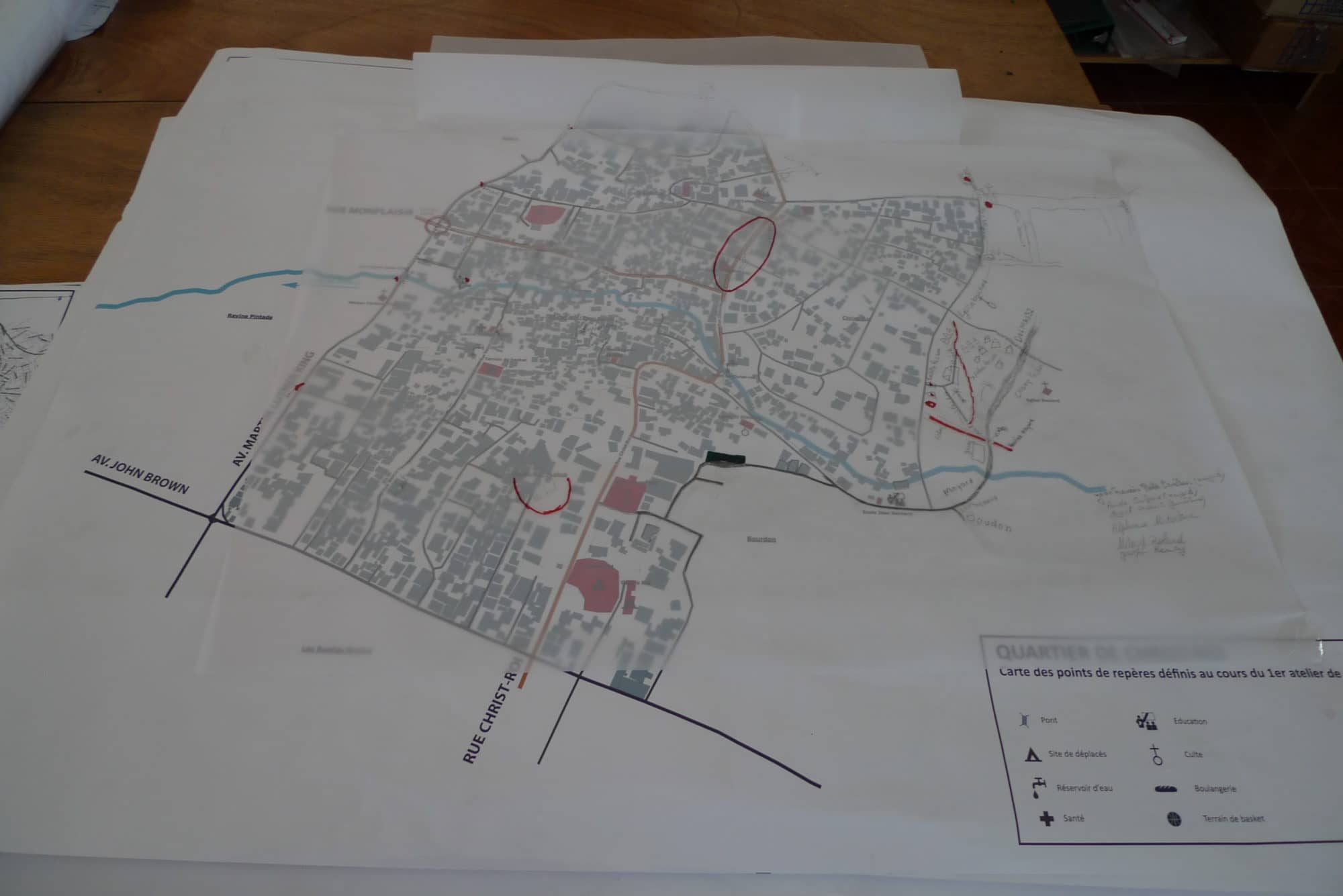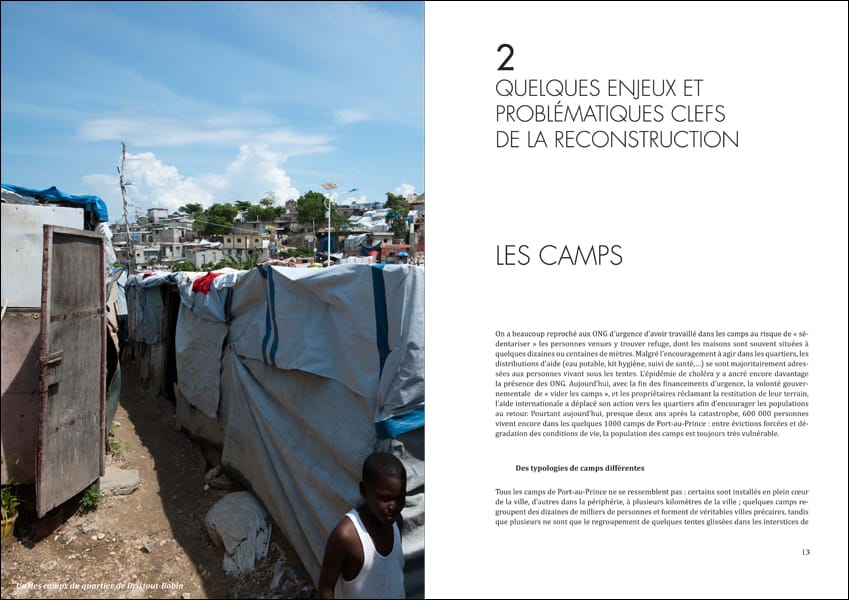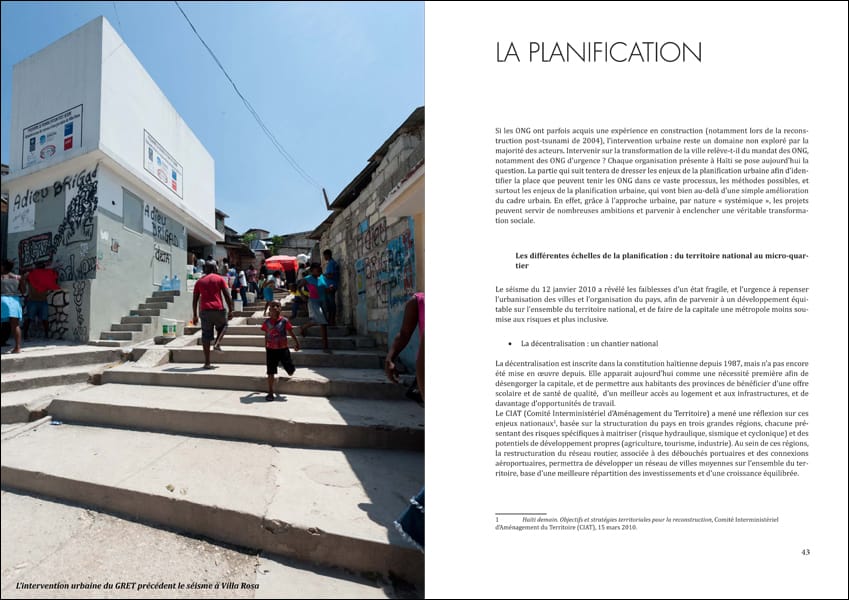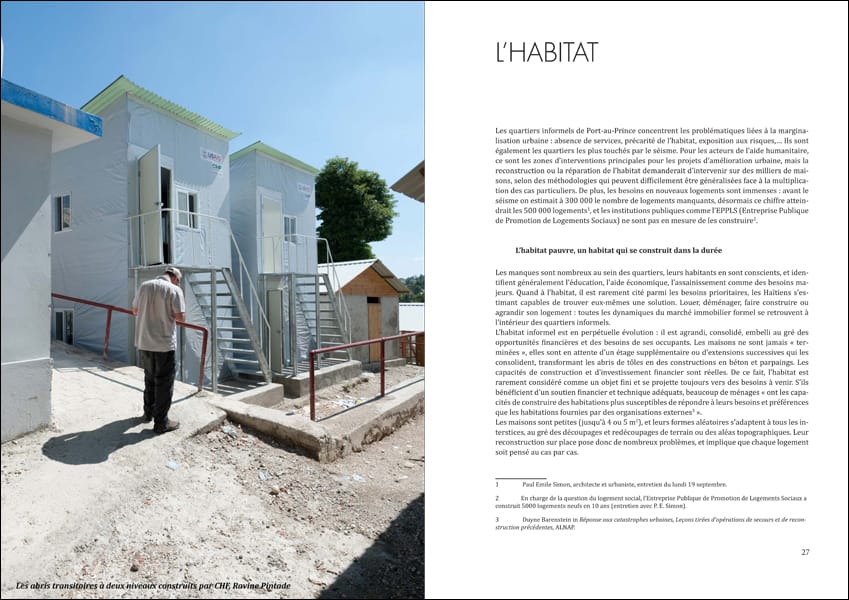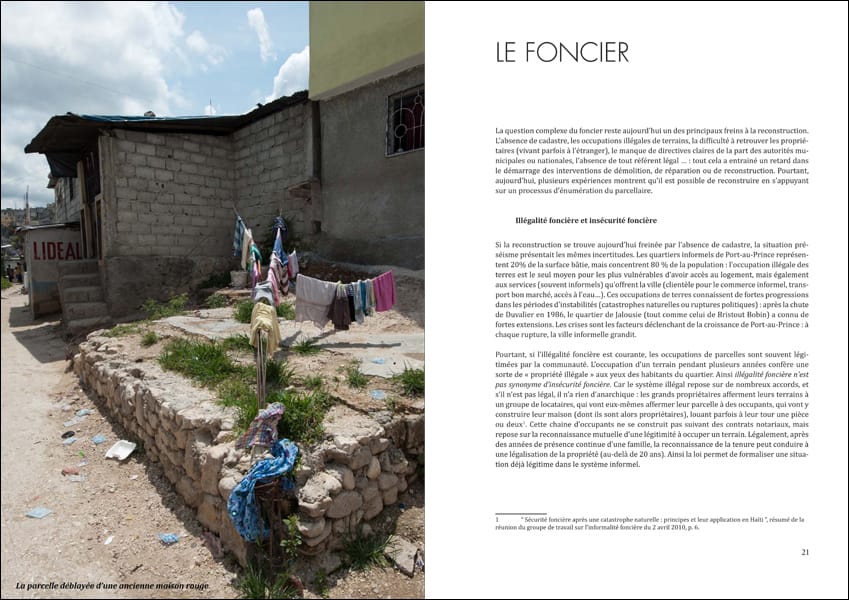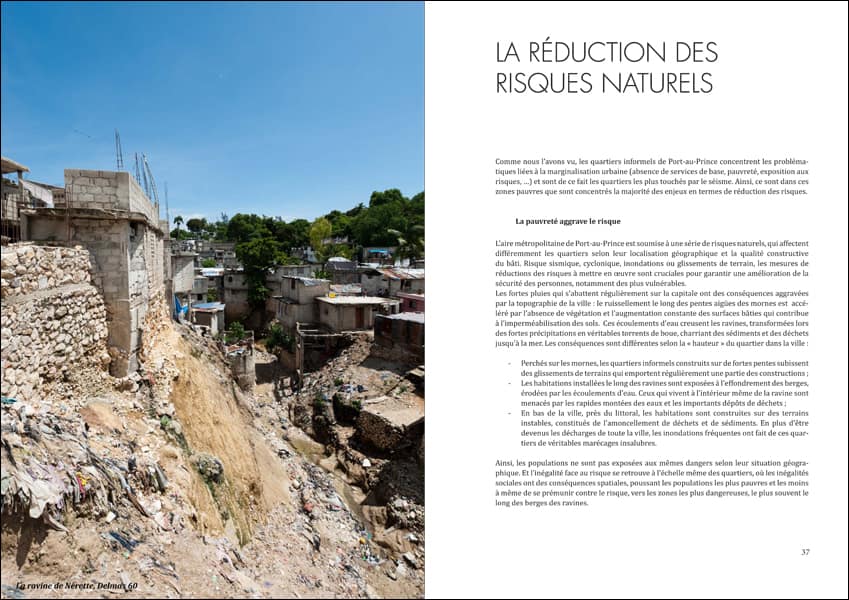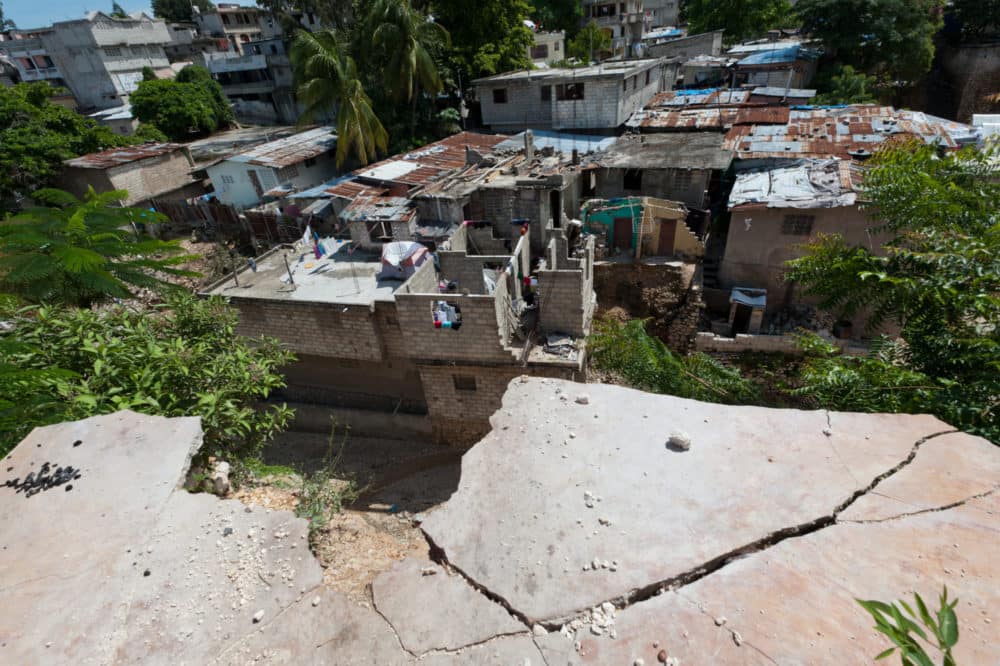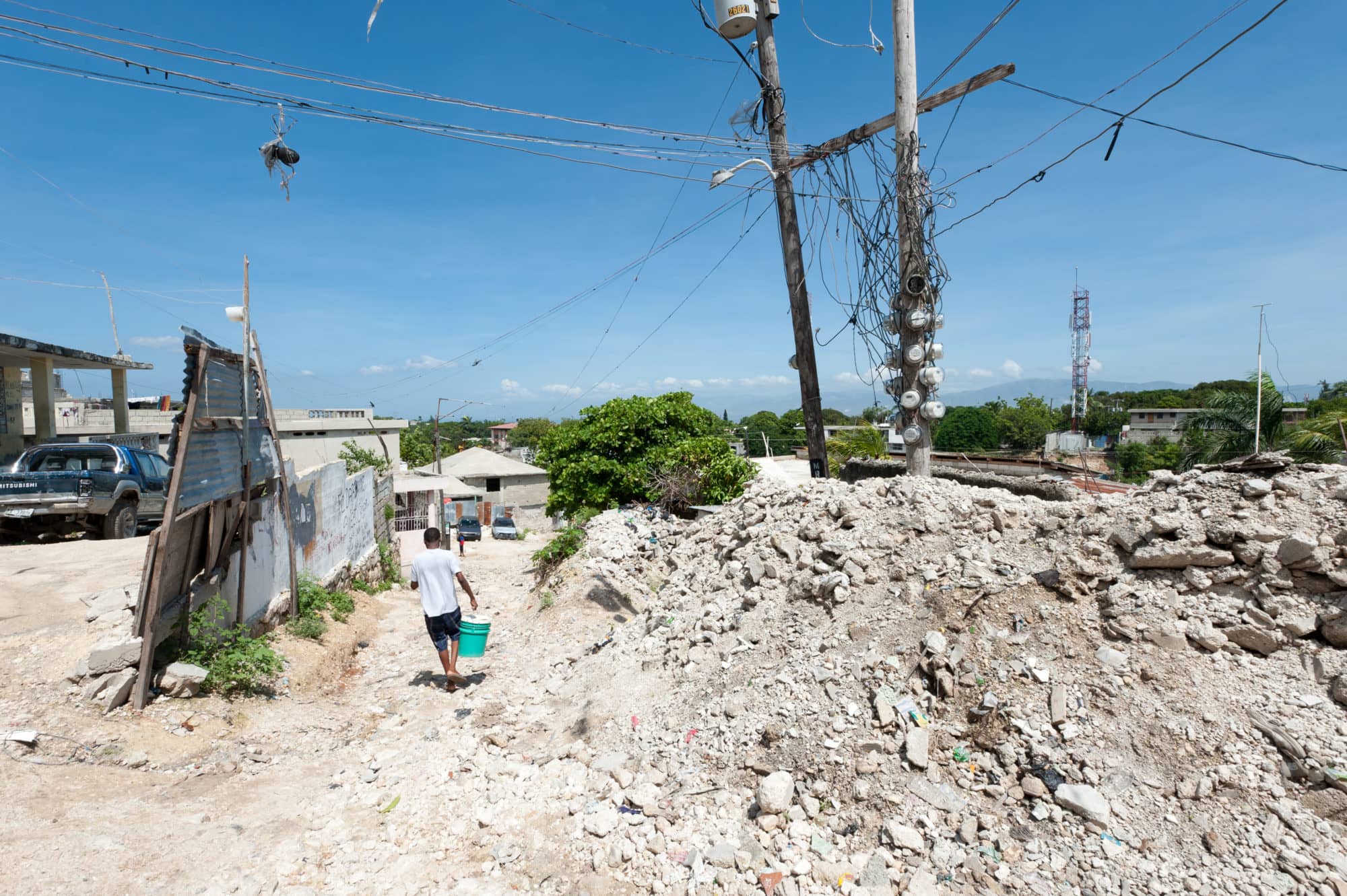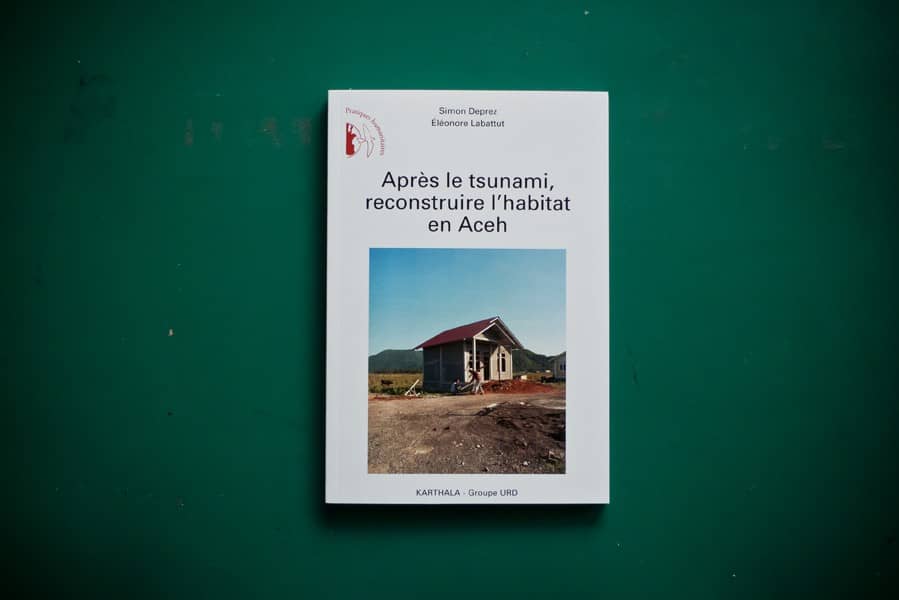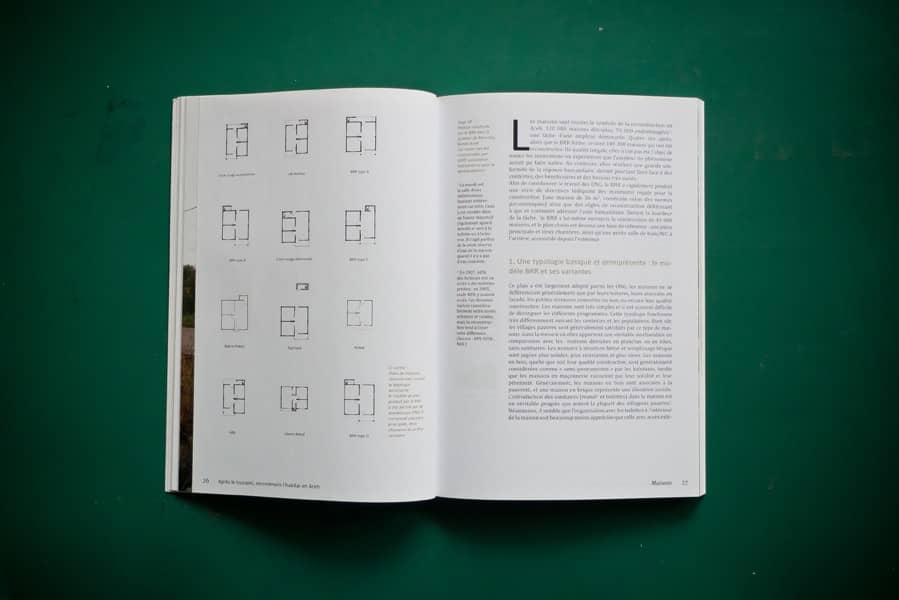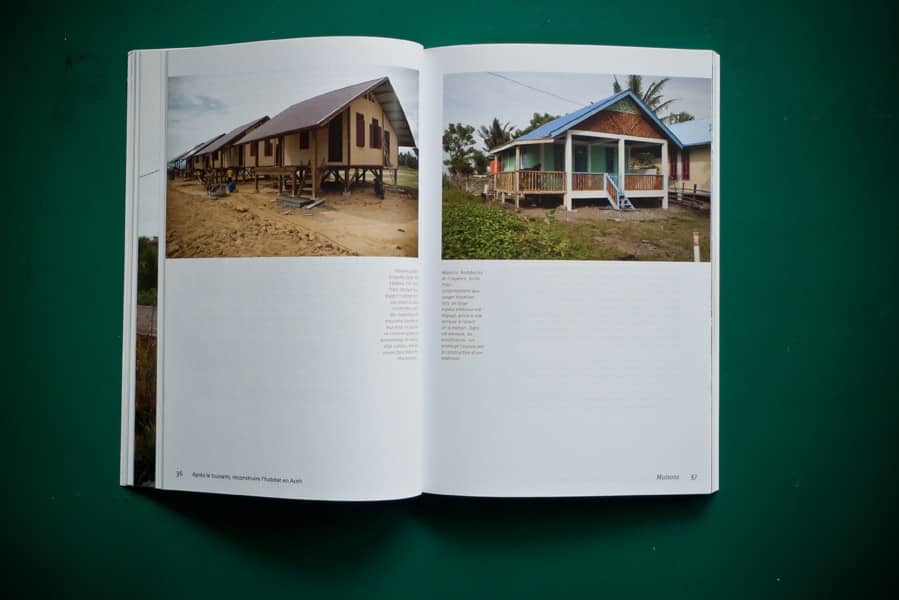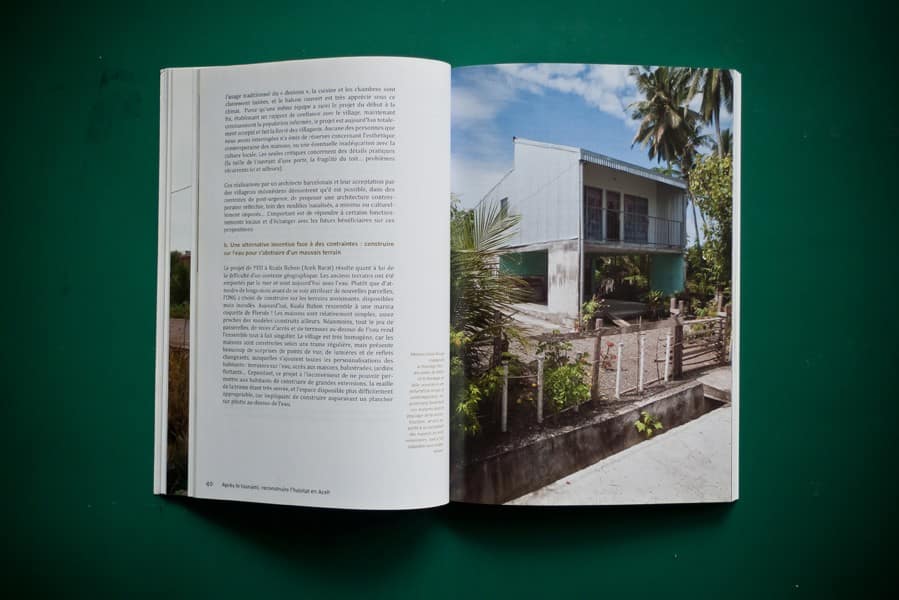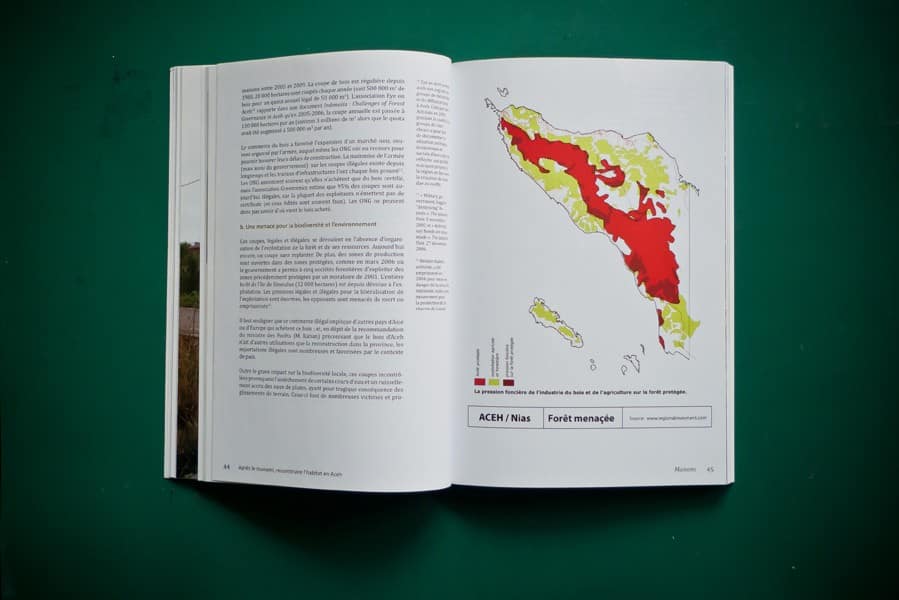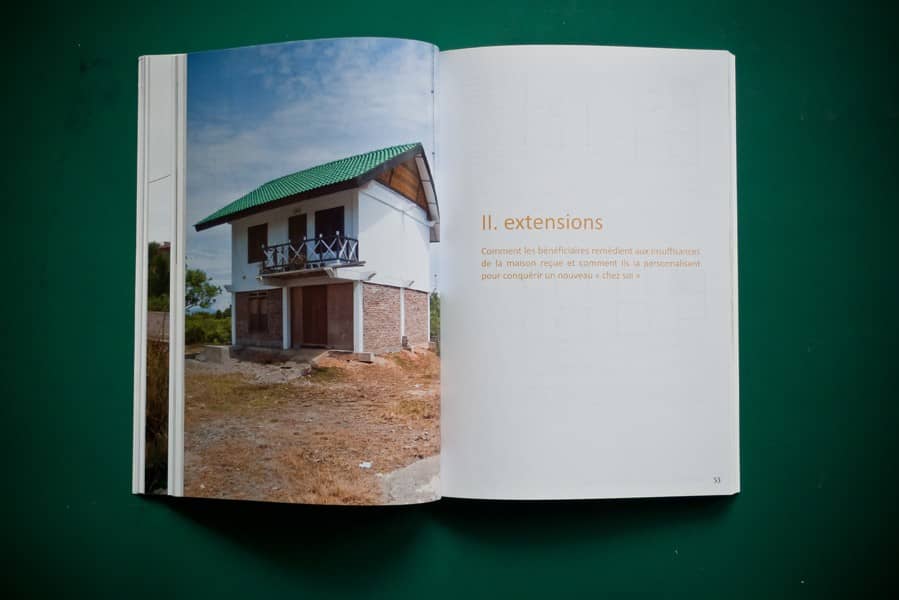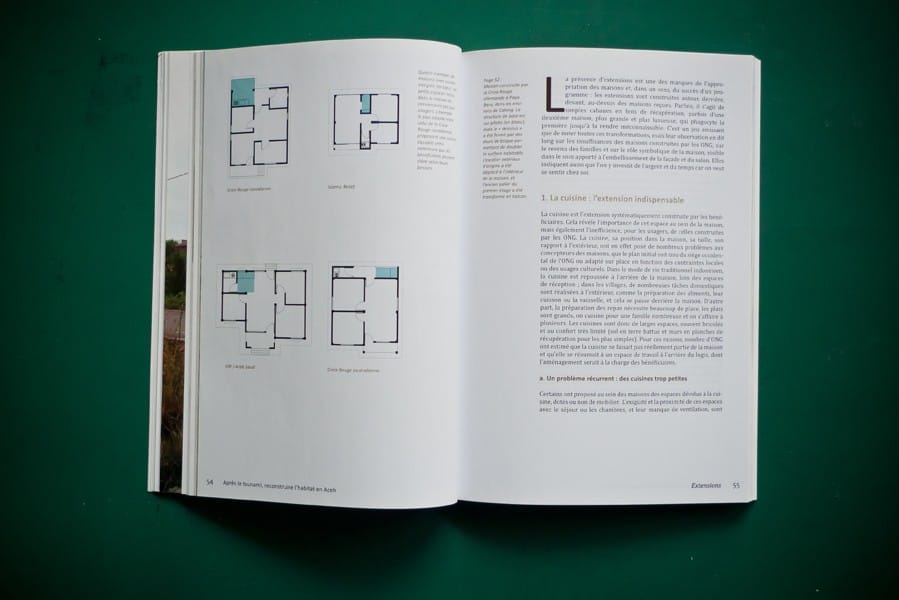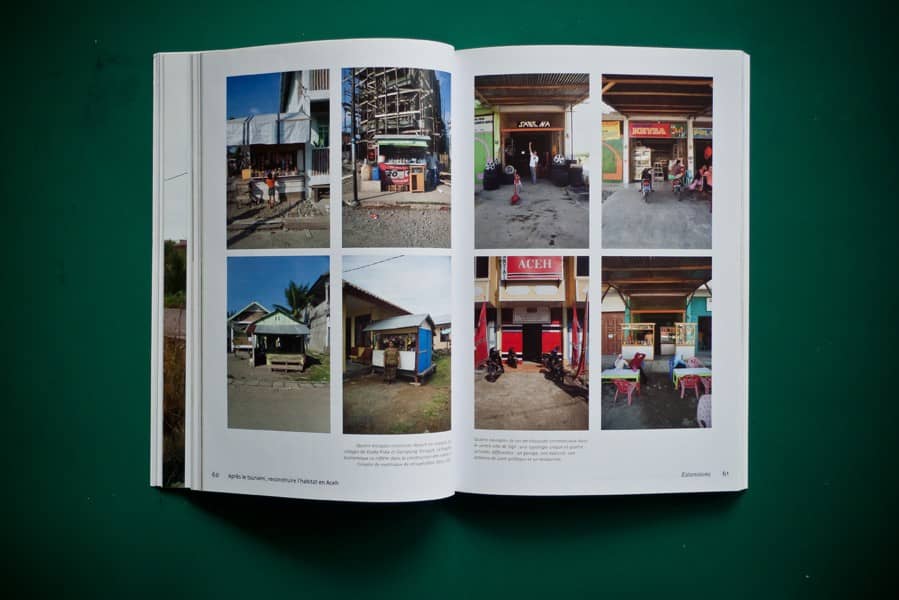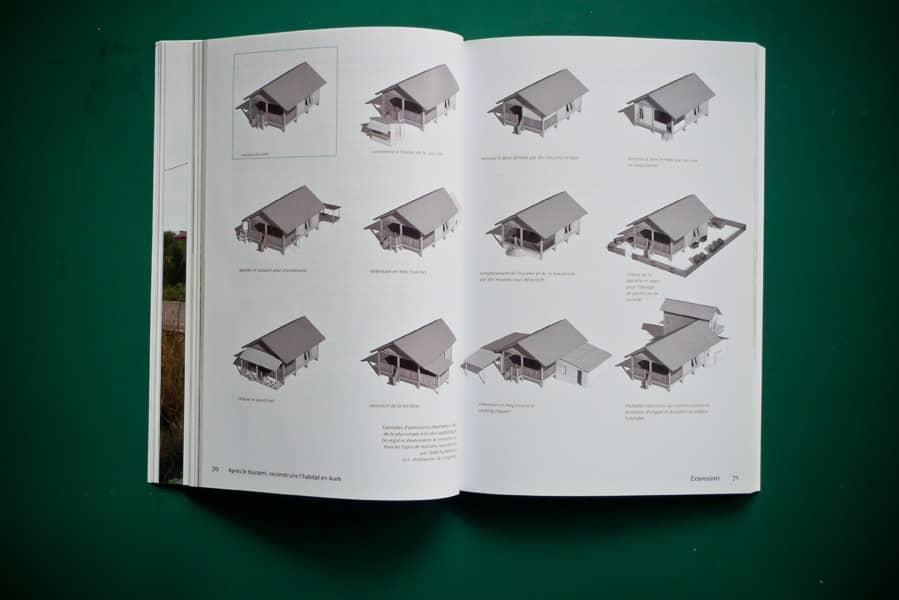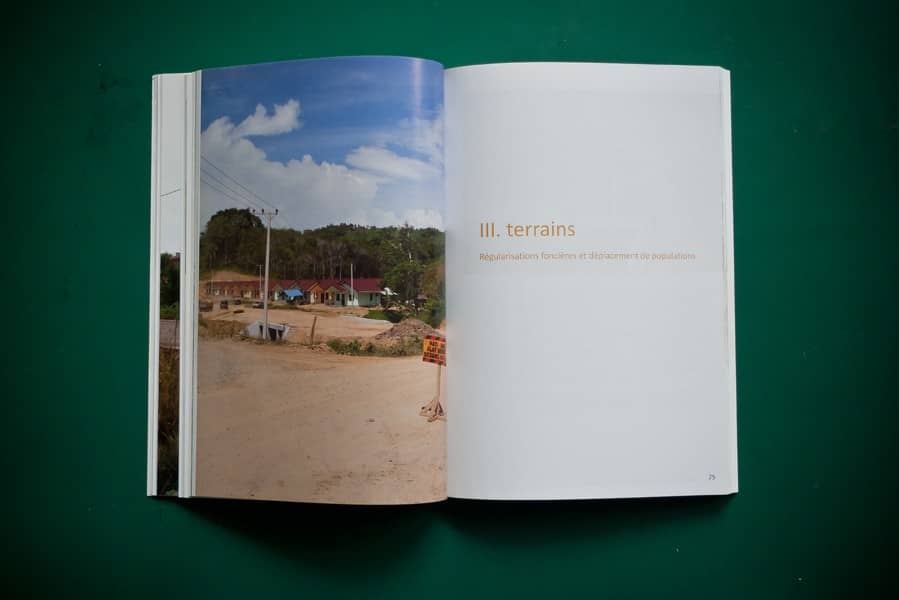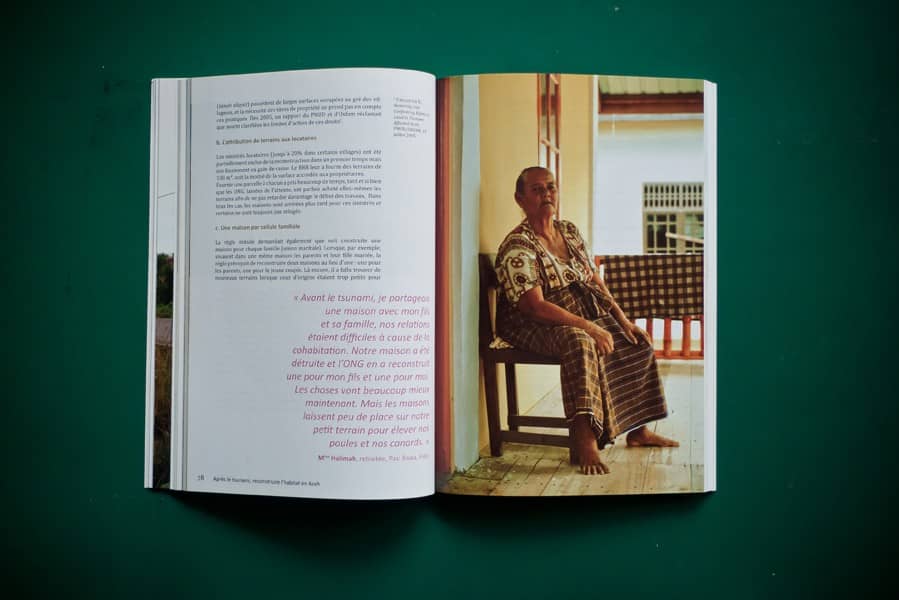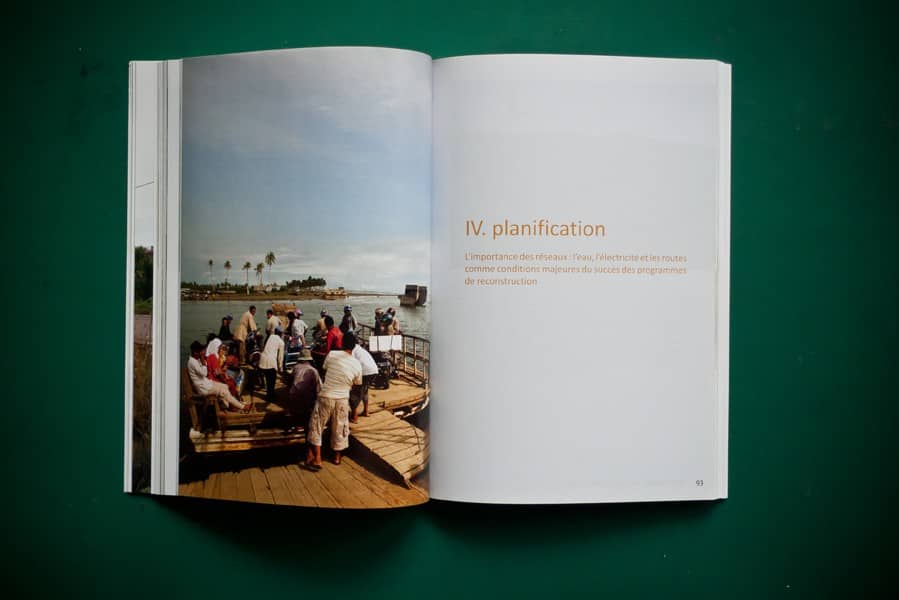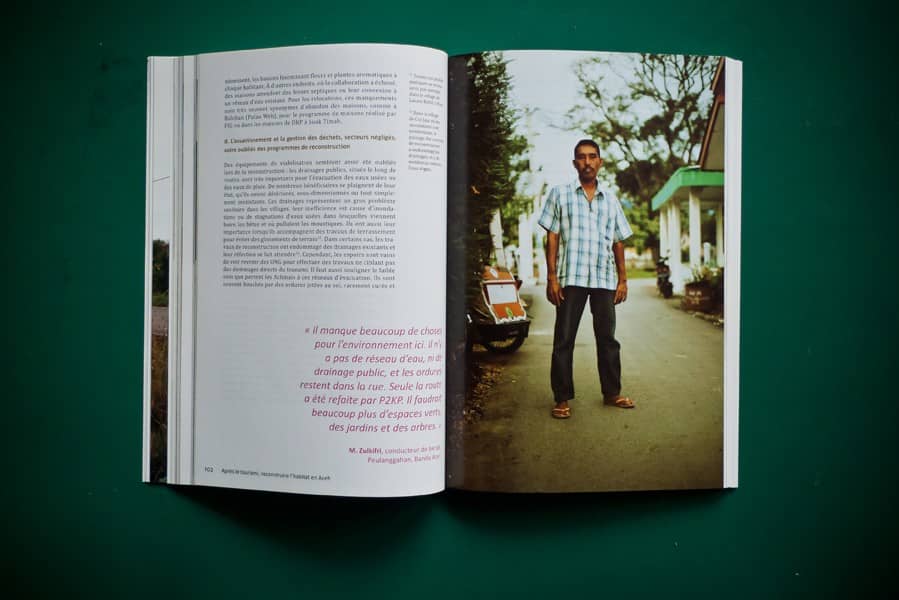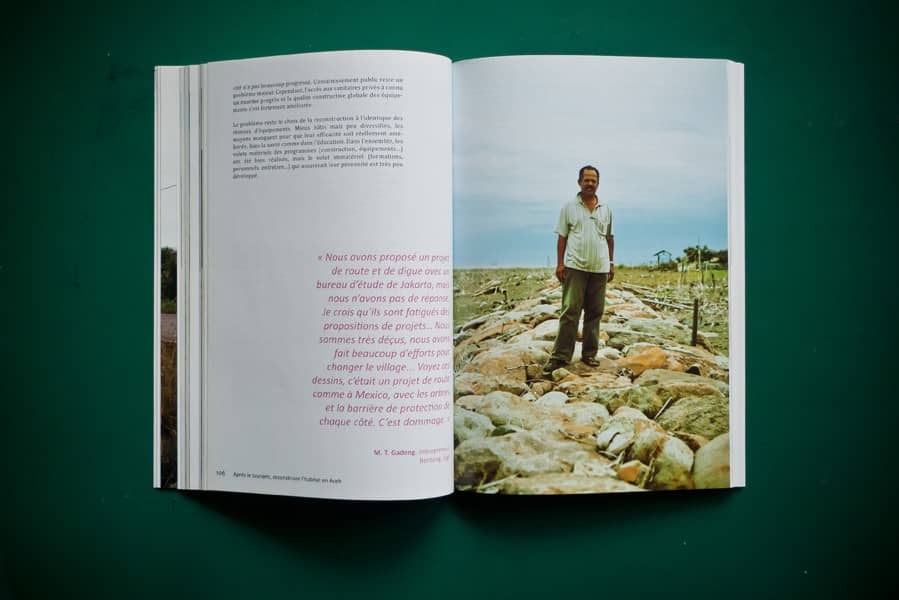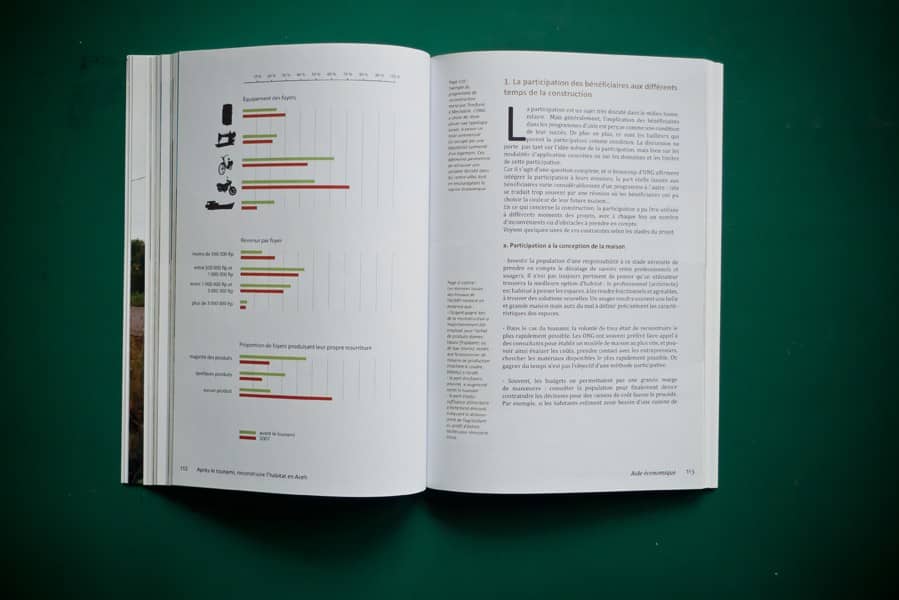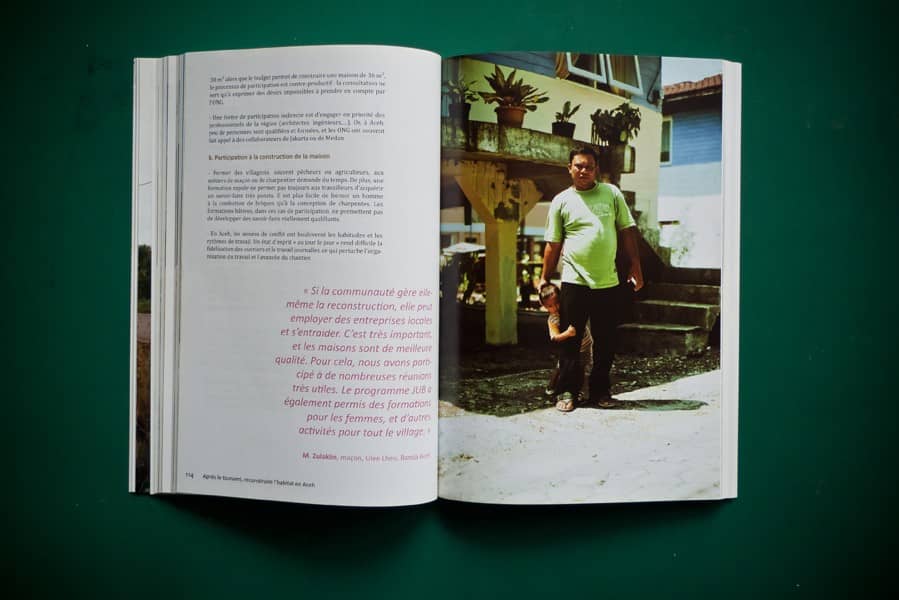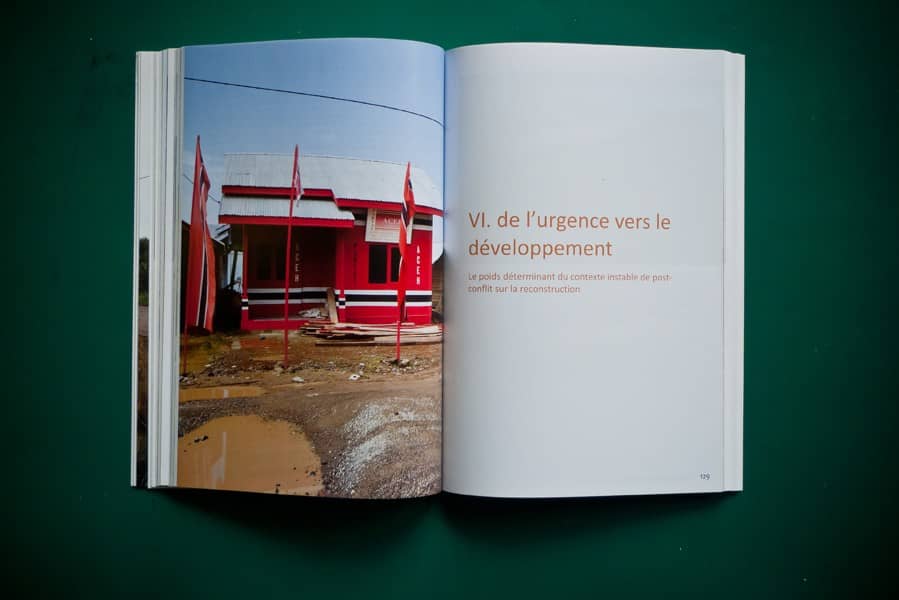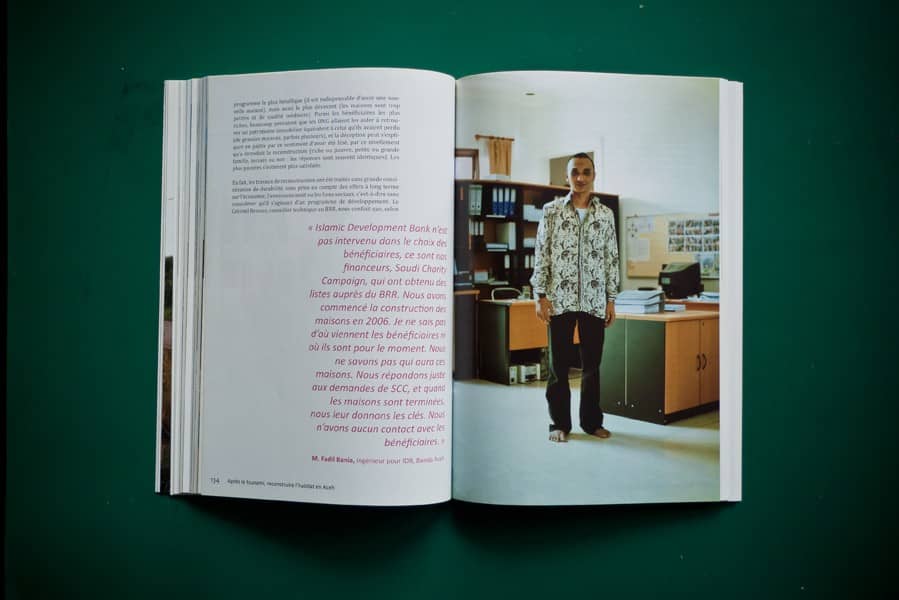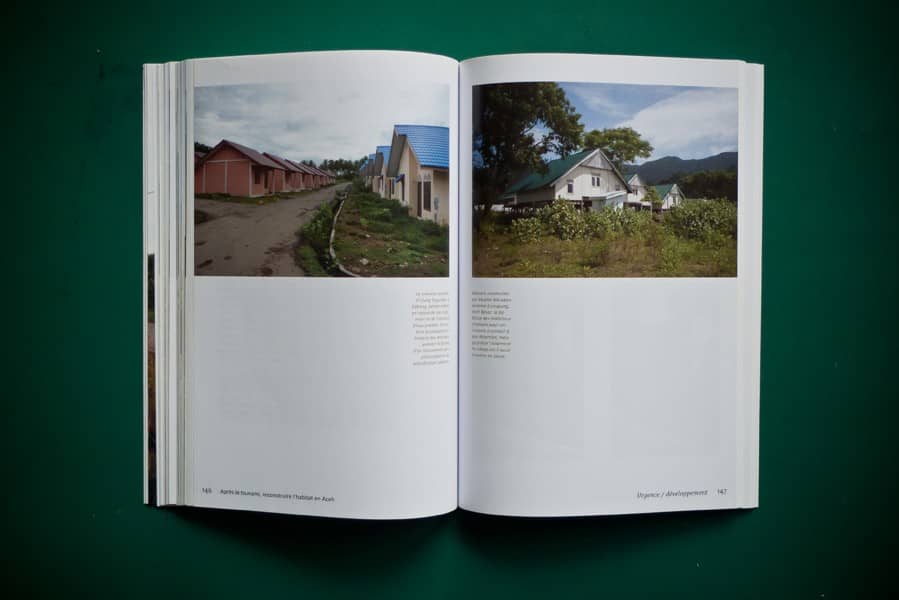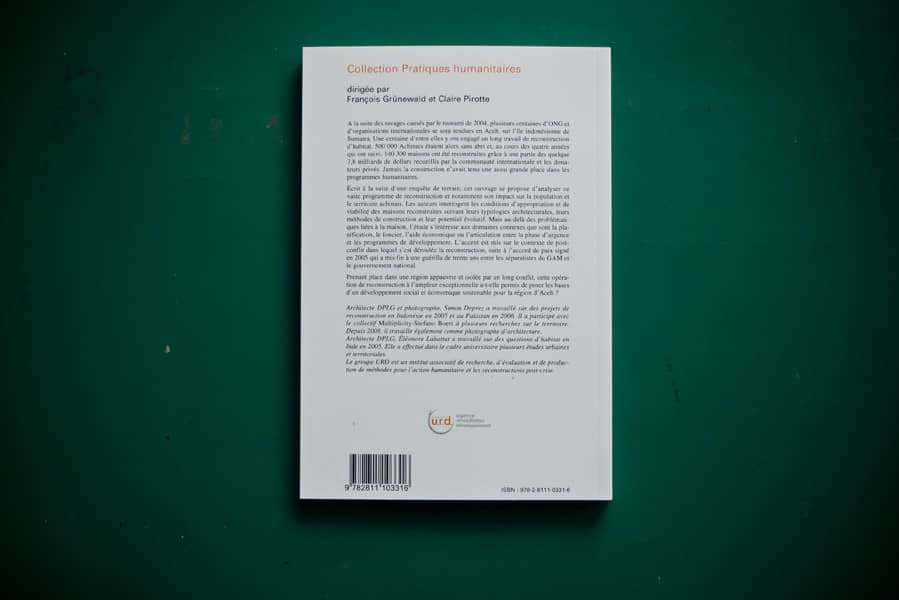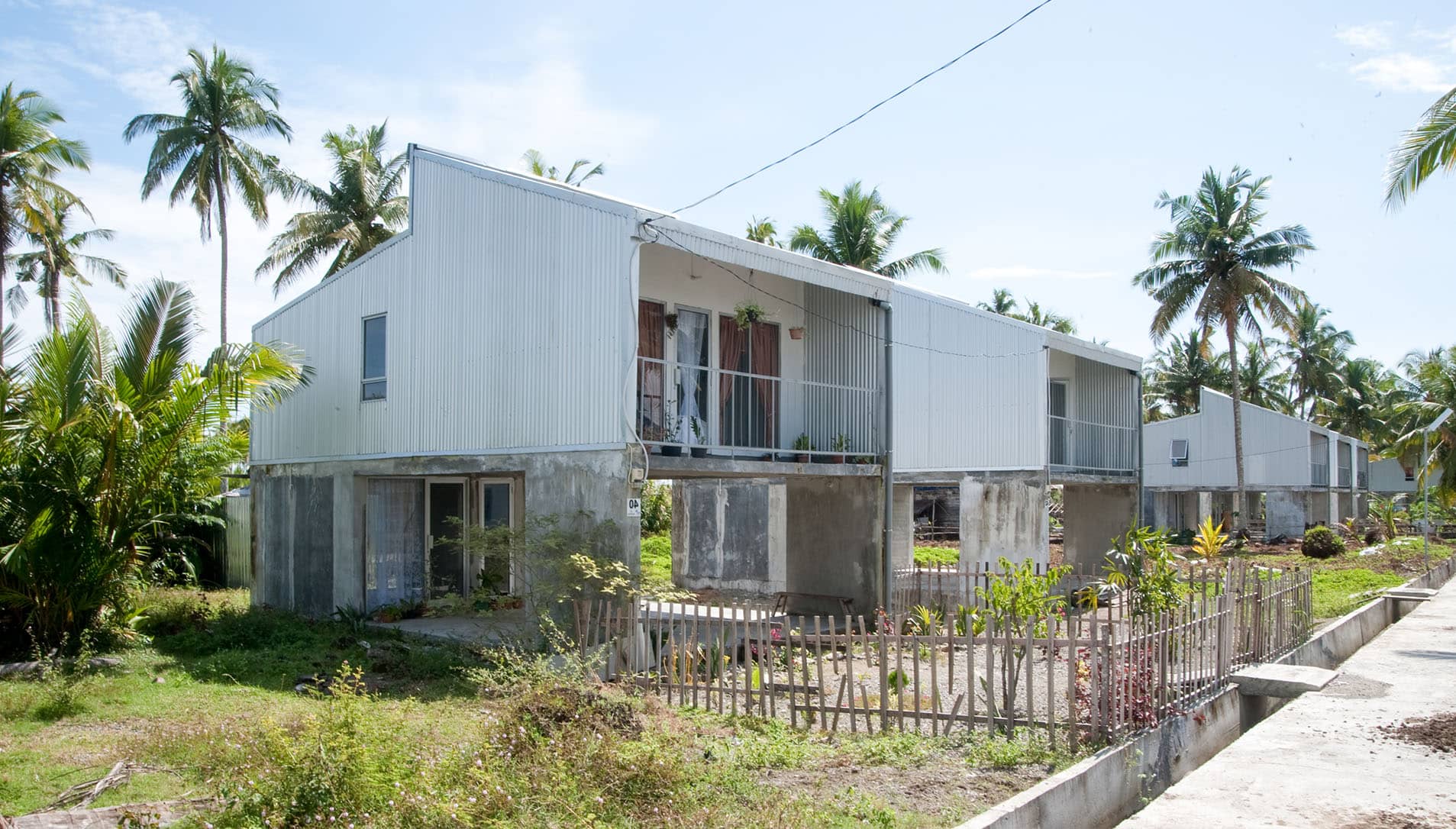Portfolio Categories: Humanitarian
Rural housing reconstruction
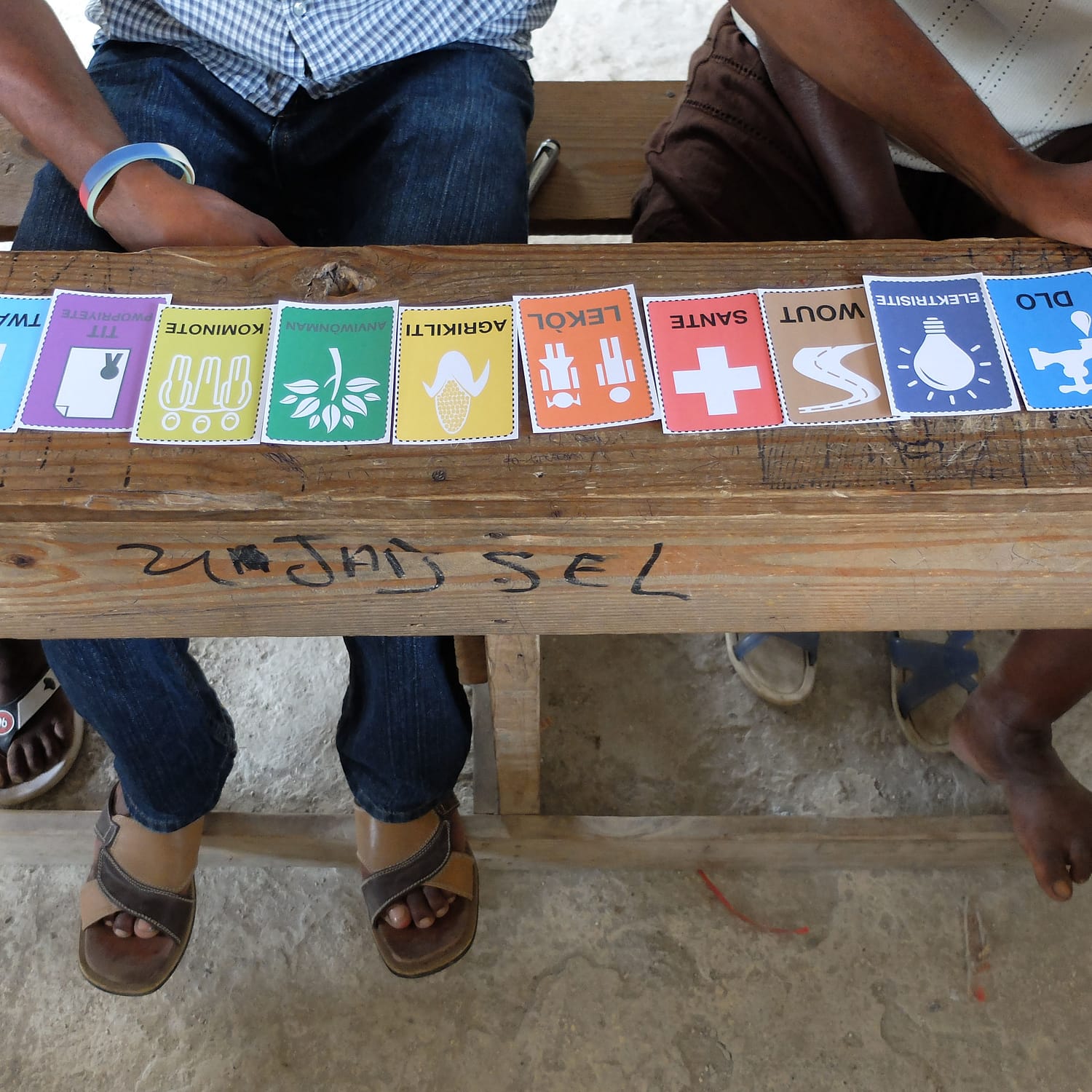
Final evaluation of the CARITAS construction program of 540 houses in Cabaret, Haiti
This evaluation focused on the project implemented by Caritas Switzerland to rehabilitate 540 permanent houses in the town of Cabaret, which is in the 11th communal section of Leogane, Haiti. The project was implemented in two phases, the first of which took place between October 2011 and March 2013, and the second between April 2013 and April 2015. An additional exit strategy phase was in place until November 2015.
The project target area was the village of Cabaret, which has about 730 households. It is located in a rural area about 10 kilometers from the center of the city of Leogane. Cabaret is near the epicenter of the 2010 earthquake and 75% of the village’s houses were destroyed or severely affected.
Client
– CARITAS
Date
– 2015
The aim of the project was to achieve the following three outcomes:
1. The sustainable development of housing has improved the safety and physical and mental well-being of the project beneficiaries;
2. The capacity and knowledge of members of the local community to build earthquake-resistant and para-cyclonic buildings have been improved;
3. The whole community benefits from an improved situation in terms of water, sanitation and hygiene and water, sanitation and hygiene related knowledge, attitudes and practices are improved.
Christ-Roi participatory planning
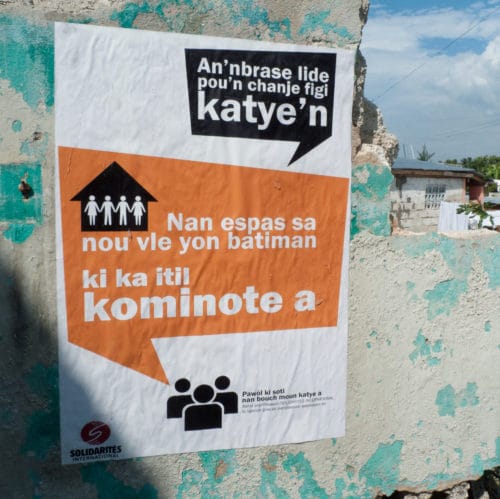
A participatory process in a Port-au-Prince neighborhood
This assignment consisted of an urban diagnosis and participatory planning in the neighborhood of Christ-Roi, Port-au-Prince, Haiti, for the NGO Solidarités International. For 4 months, a team of planners, architects, sociologists, anthropologists and social mobilizers assisted 100 people to develop an urban neighborhood improvement strategy. The results were presented to the mayor and formed the basis of an urban renewal project.
Client
– Solidarités International
Date
– 2012
The process was divided into four phases: a festive launch, with traditional brass bands that involved people walking through the neighborhood thus enabling them to cross certain “invisible barriers”; a diagnostic phase that included generating thematic maps (water and sanitation, services, leisure and culture, waste, environment, road conditions, etc.); a rehabilitation strategies definition phase; and, lastly, a phase in which the final document was presented to city officials.
The participatory mapping exercises were all progressive. The phase began with training sessions on map reading and awareness-raising on the importance of such tools, at the same time as promoting local knowledge and grassroots map production. After several weeks, the inhabitants had gained confidence in their knowledge and learned about spatial representation. At the end of the process, they were able to hold complex discussions with the team on integrated urban strategies, aware of their neighborhood’s challenges and opportunities.
Post-disaster reconstruction
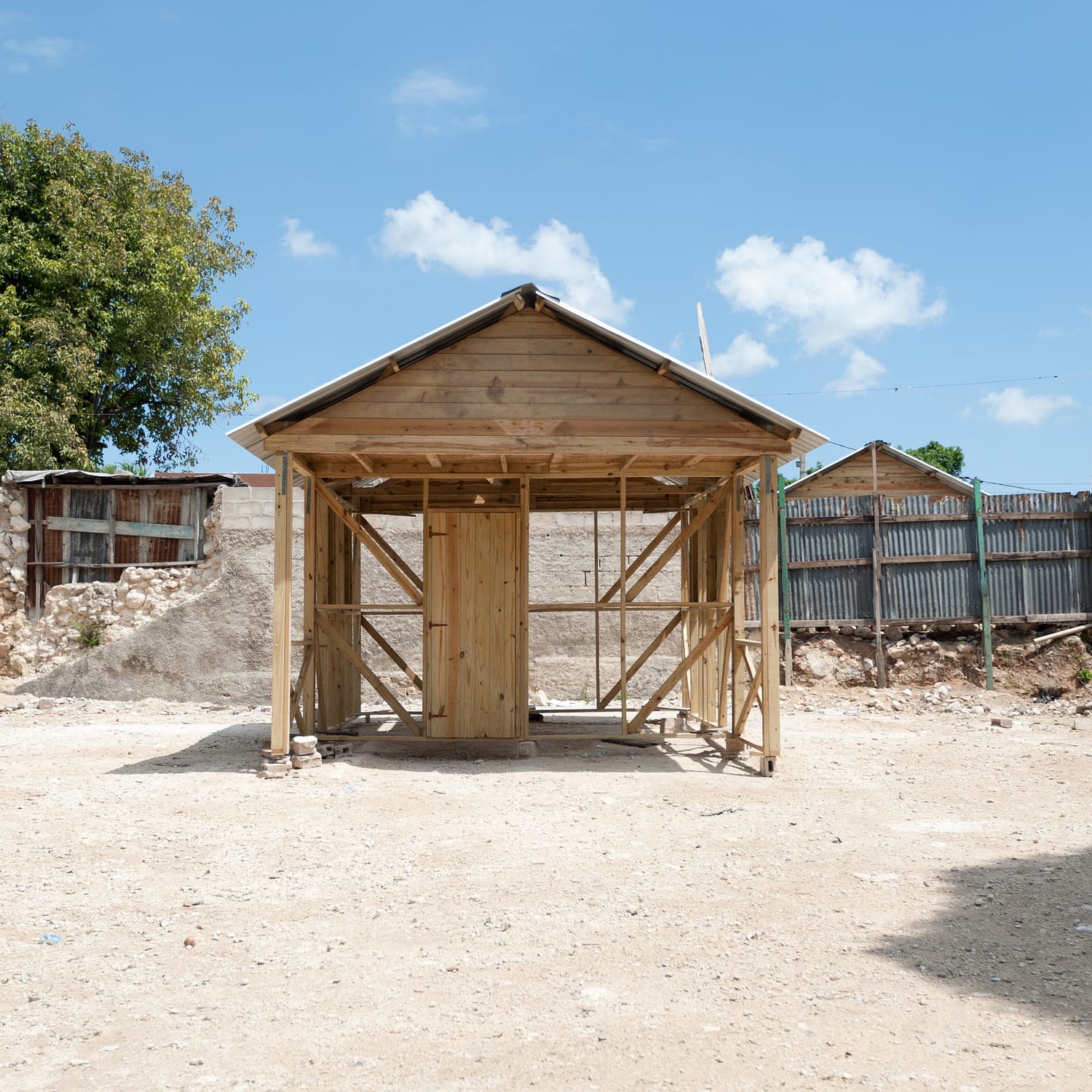
Analysis of the humanitarian response to the 2010 Haiti earthquake
This study seeks to clarify the reconstruction environment by focusing on the urban context and analyzing some of the major issues specific to Port-au-Prince (land, housing, risks, etc.), as well as by presenting some of the main stakeholders’ strategies and by reviewing the national strategy outlined in 2011. The aim was to enable Solidarités International to more effectively define the scope of its activities in line with its goals, know-how and expertise.
Client
– Solidarités International
Date
– 2011
Ever since the area was first settled, Port-au-Prince has been continuously rebuilt. At the same time, urban sprawl has increased during each crisis, with urban population growth being linked to the country’s regular hurricanes, earthquakes and political changes. Successive political crises have also played their part by generating a continuous and massive rural exodus, leading to the gradual impoverishment of provinces and strengthening the attraction of the capital.
In 2010, the earthquake on the 12th of January was the latest crisis to hit the city, leaving chaos in its wake: a large part of the city was destroyed, 230,000 people died and 1.5 million were displaced. This report analyzes the various issues related to the reconstruction of the city of Port-au-Prince, the main challenges encountered and some of the urban intervention strategies introduced, particularly those implemented in informal settlements.
Aceh tsunami : 4 years after
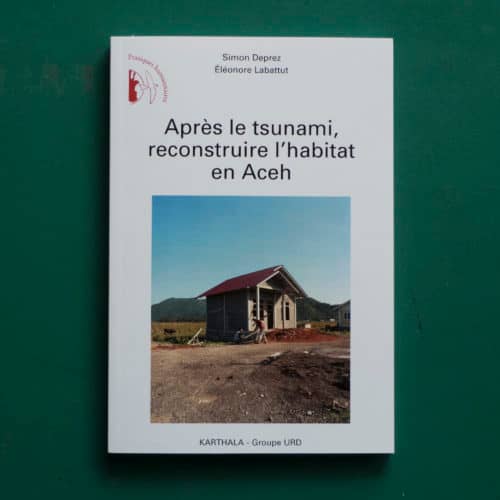
A book about the tsunami reconstruction in Indonesia
Following the devastation caused by the 2004 tsunami, hundreds of NGOs and international organizations arrived in Aceh, on the Indonesian island of Sumatra. A hundred of these organizations initiated a long-term housing reconstruction process to rehouse the 500,000 Acehnese made homeless by the tsunami. In the four years that followed, 140,300 houses were reconstructed thanks to some $7.8 billion collected by the international community and private donors. It was the first time housing reconstruction had ever been such an important part of humanitarian programs.
Editor
– KARTHALA – URD
Date
– March 2010
Written after a long field survey, this publication analyzes this vast reconstruction program and, in particular, its impact on the population and the territory of Aceh. It reviews the conditions of ownership and sustainability of the rebuilt houses, focusing on architectural typologies, construction methods and their incremental improvement.
The study also addresses urban planning, land management and economic assistance issues, looking at the transition between the emergency phase and development programs. Focus is on the post-conflict environment in which the reconstruction work took place, namely following the peace agreement signed in 2005 that ended a thirty year guerrilla war between the GAM separatists and the national government.
